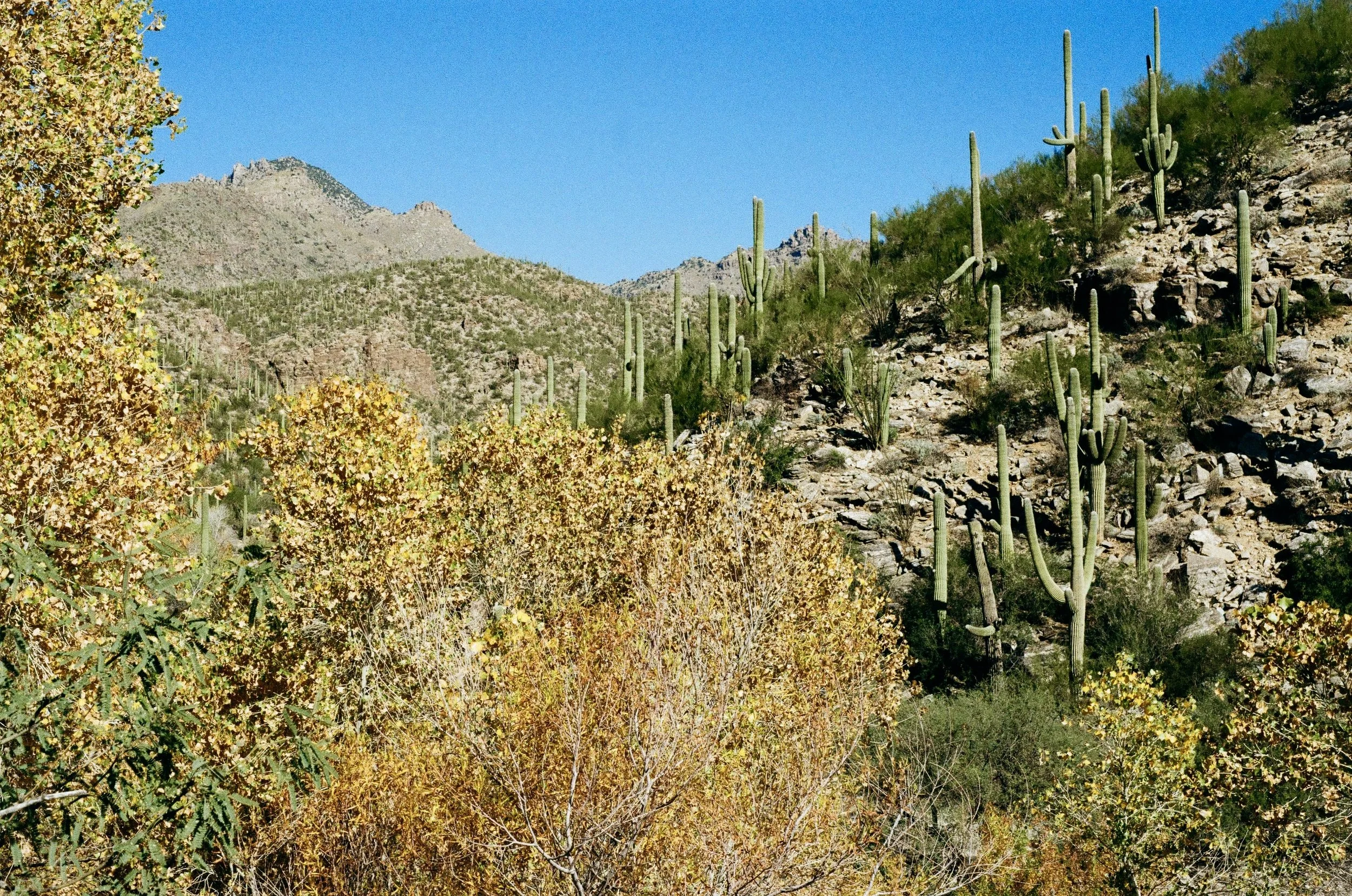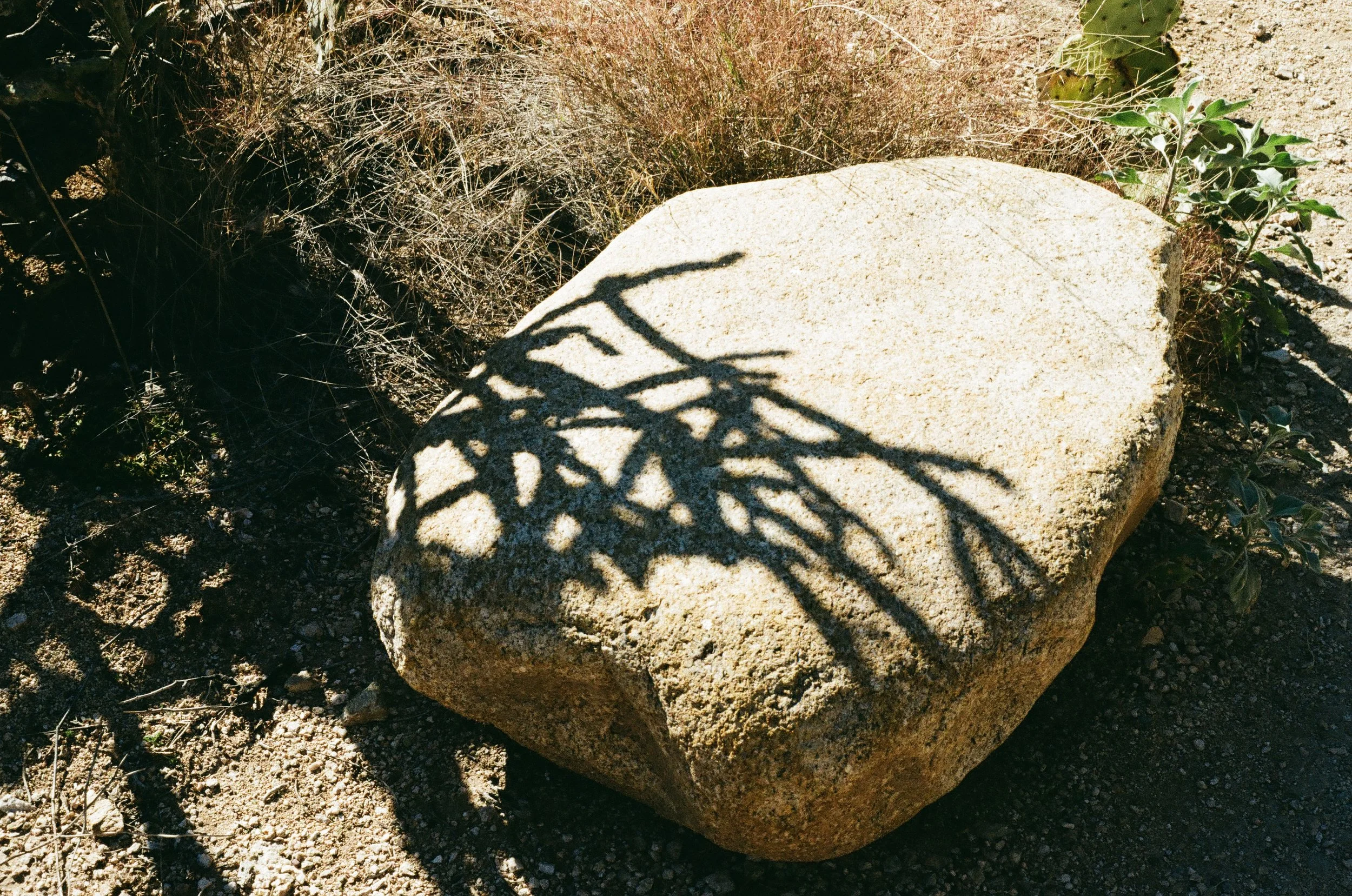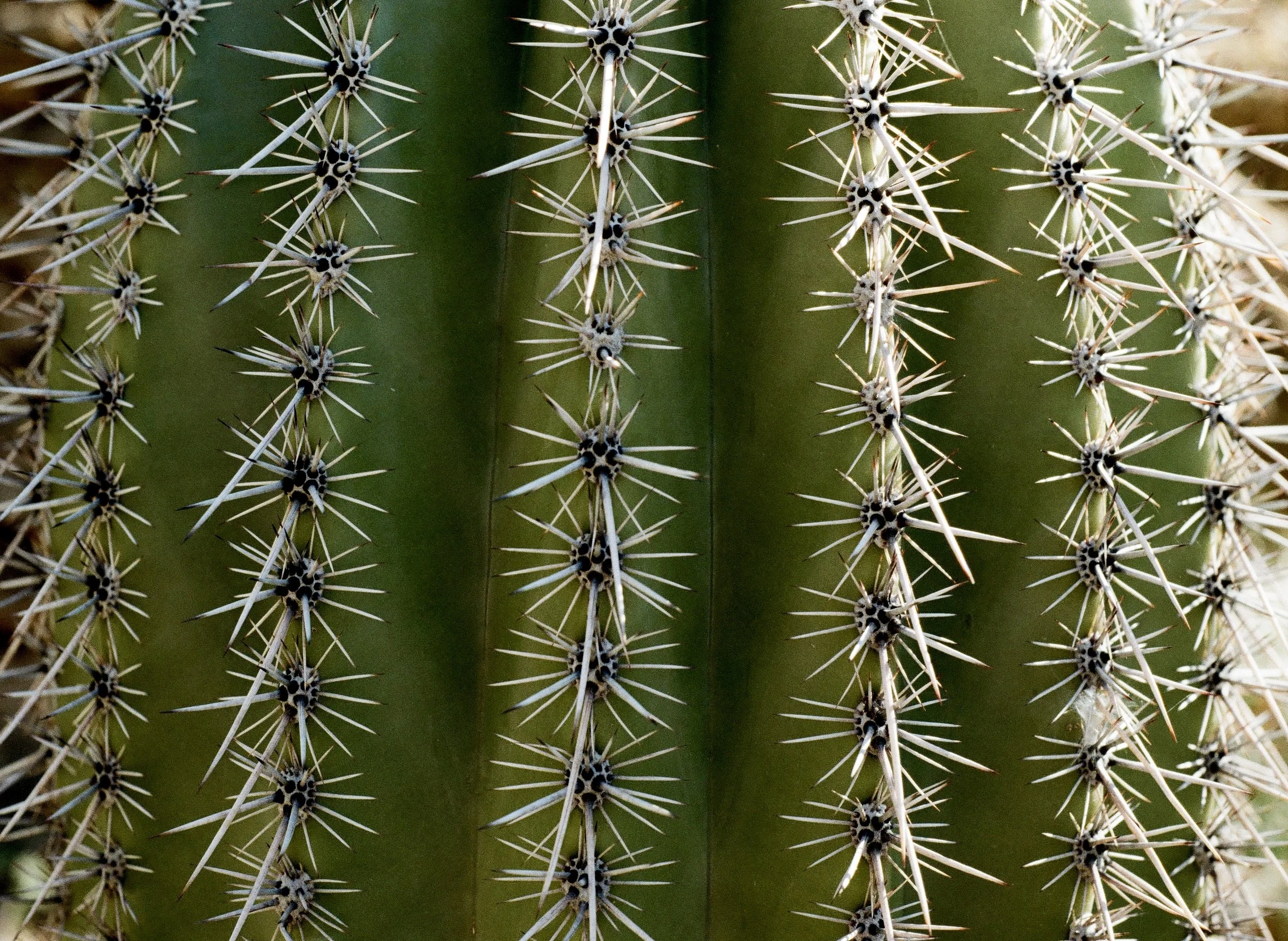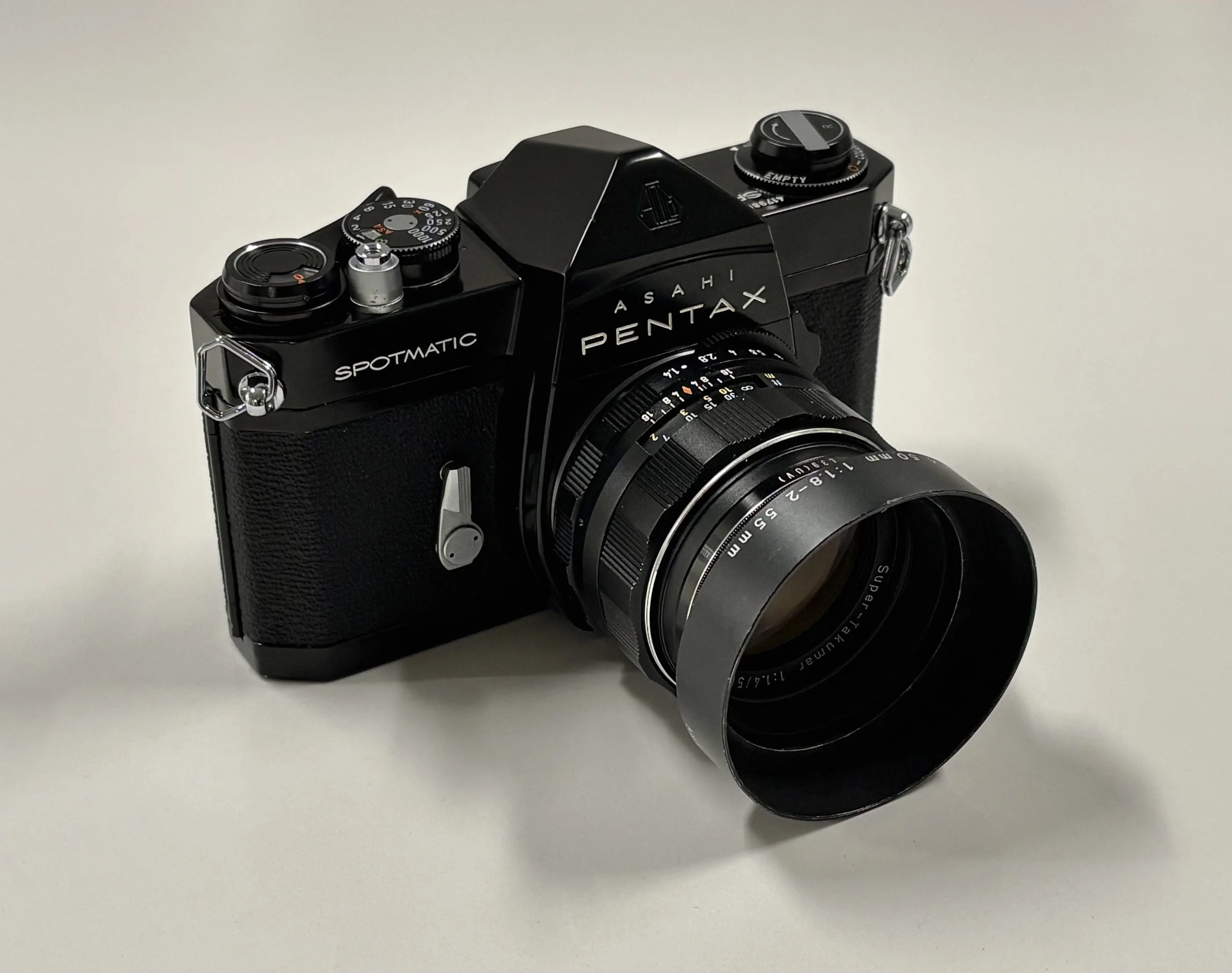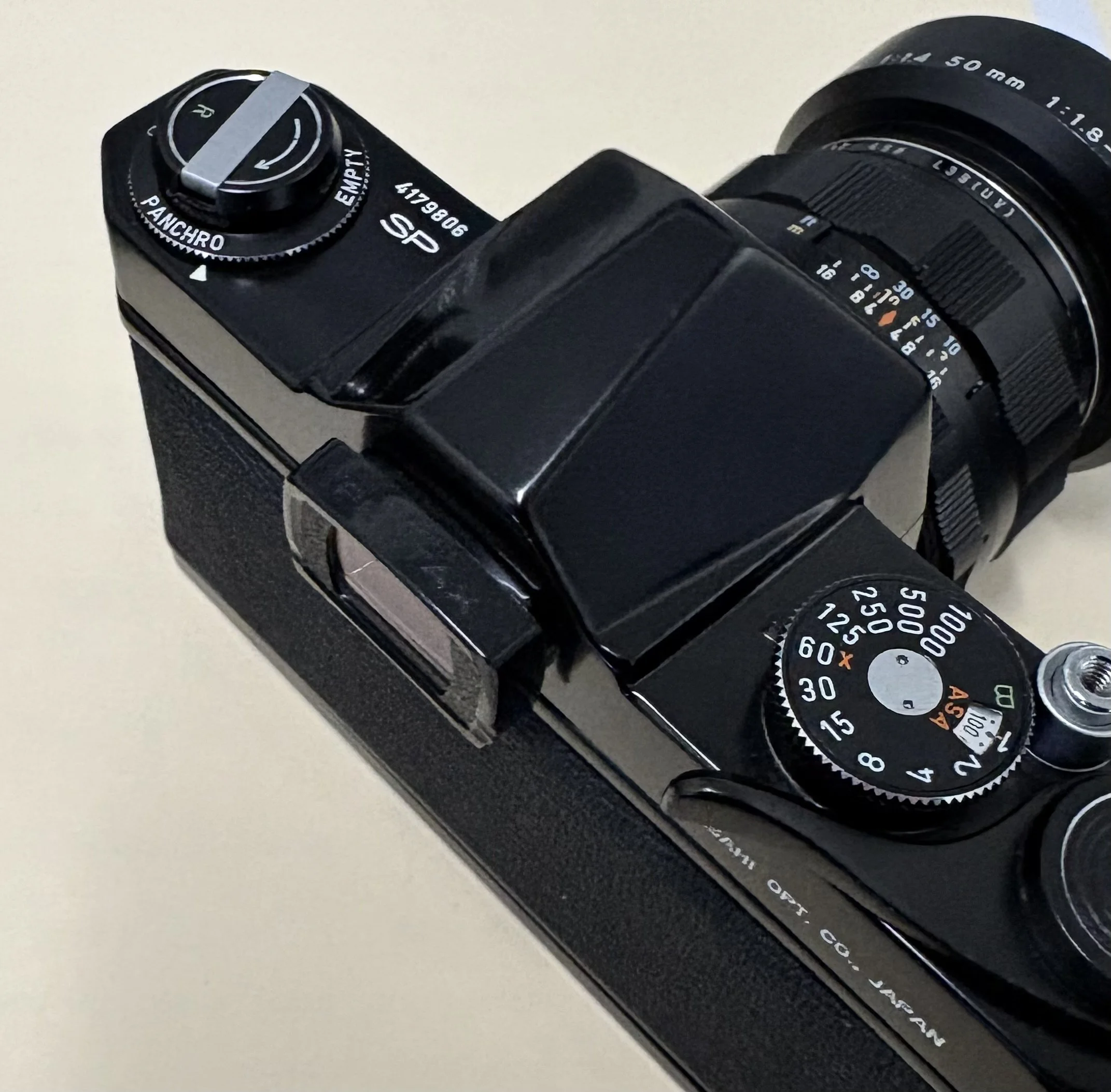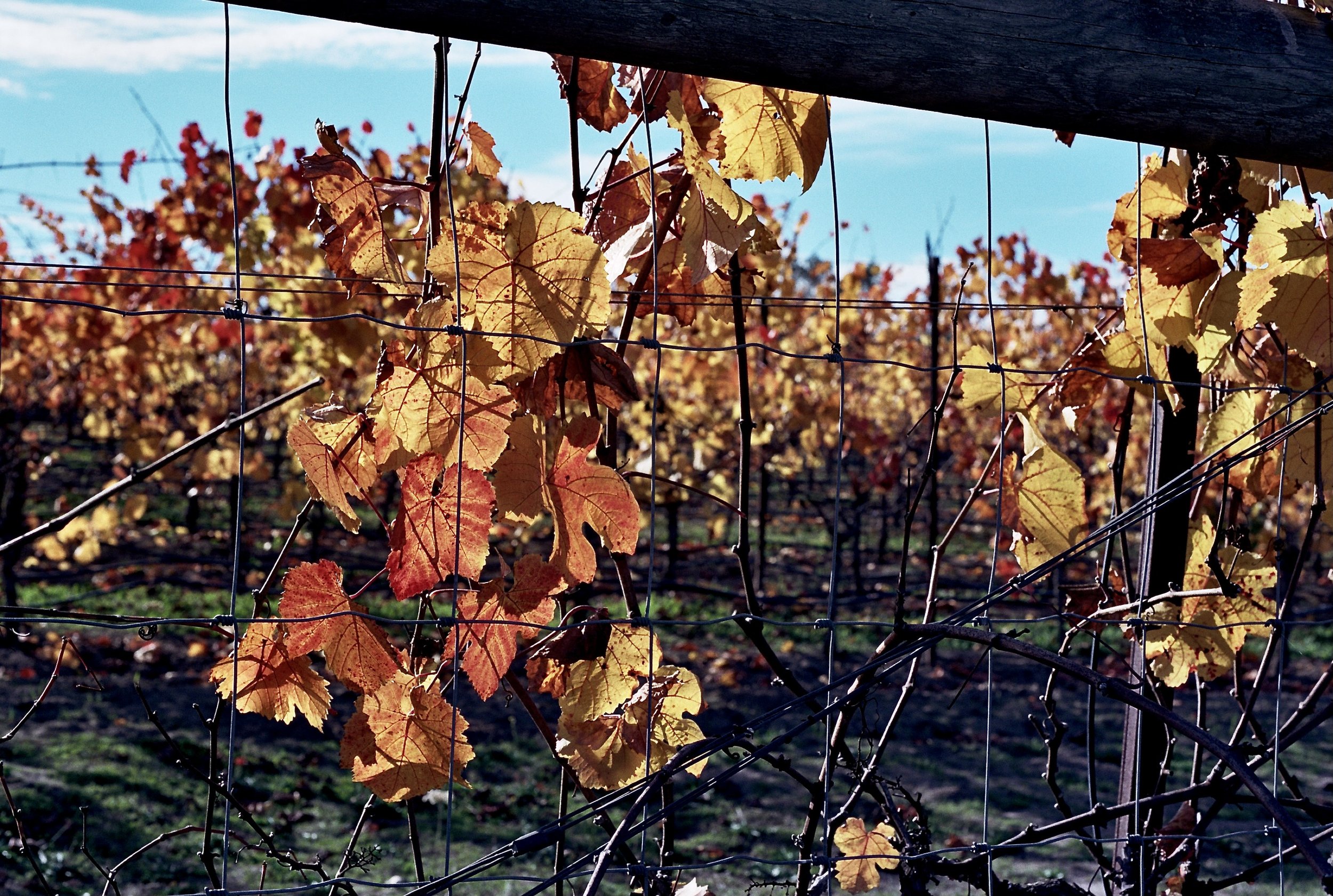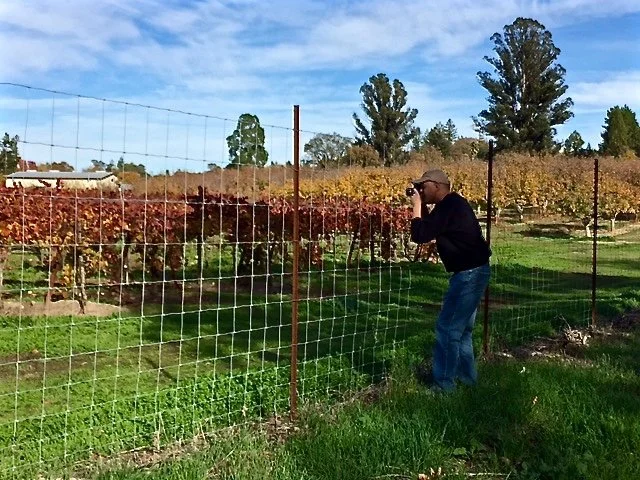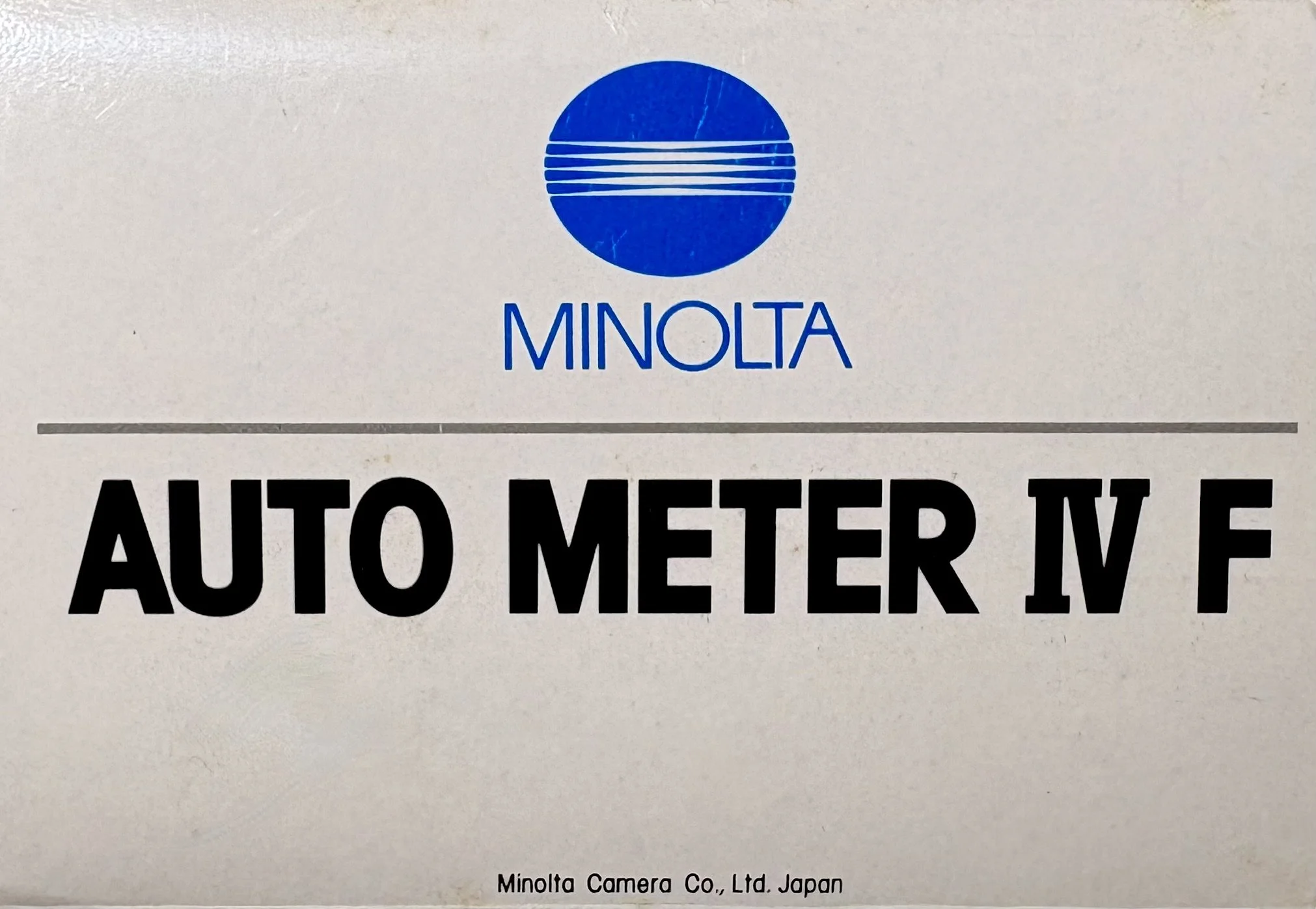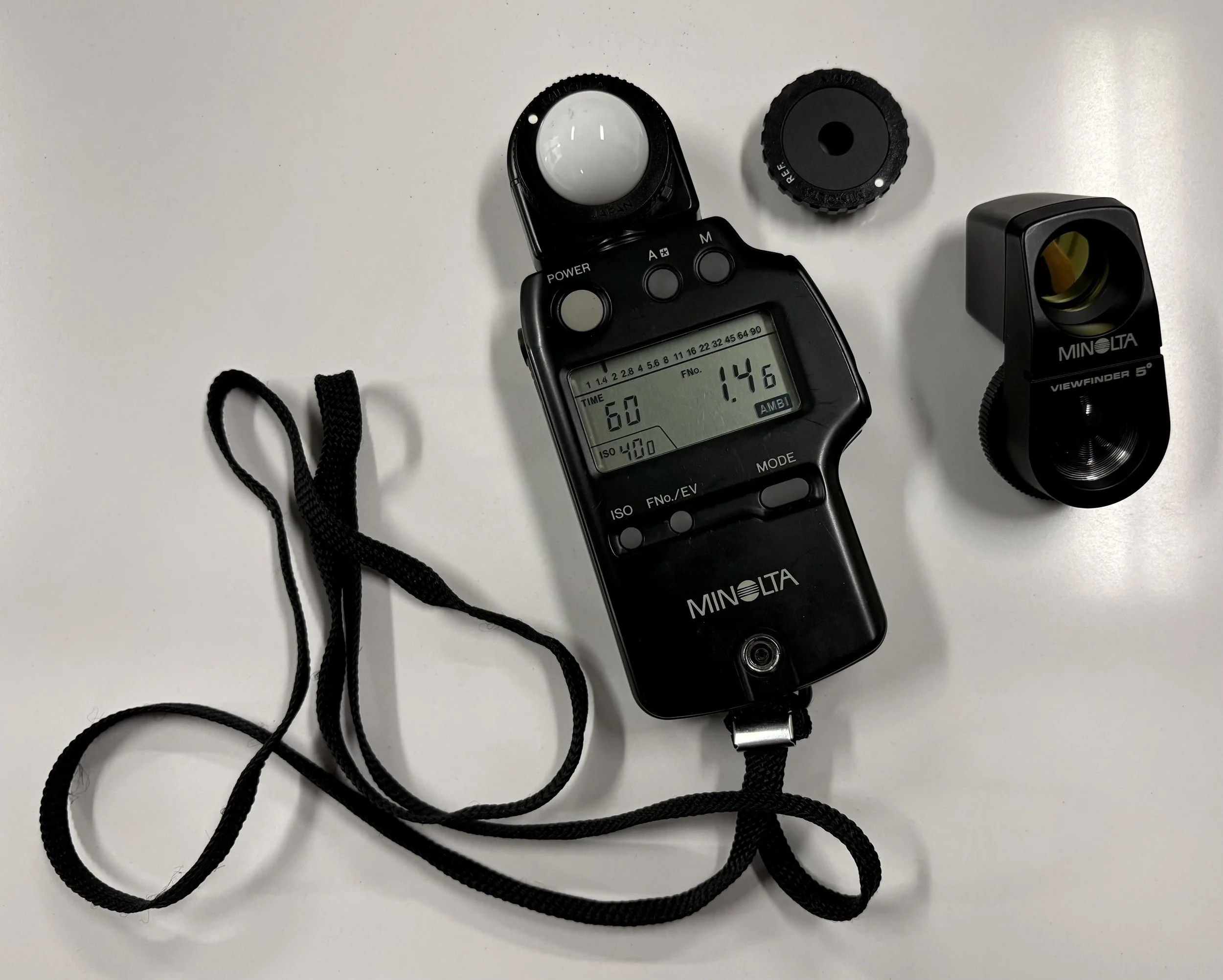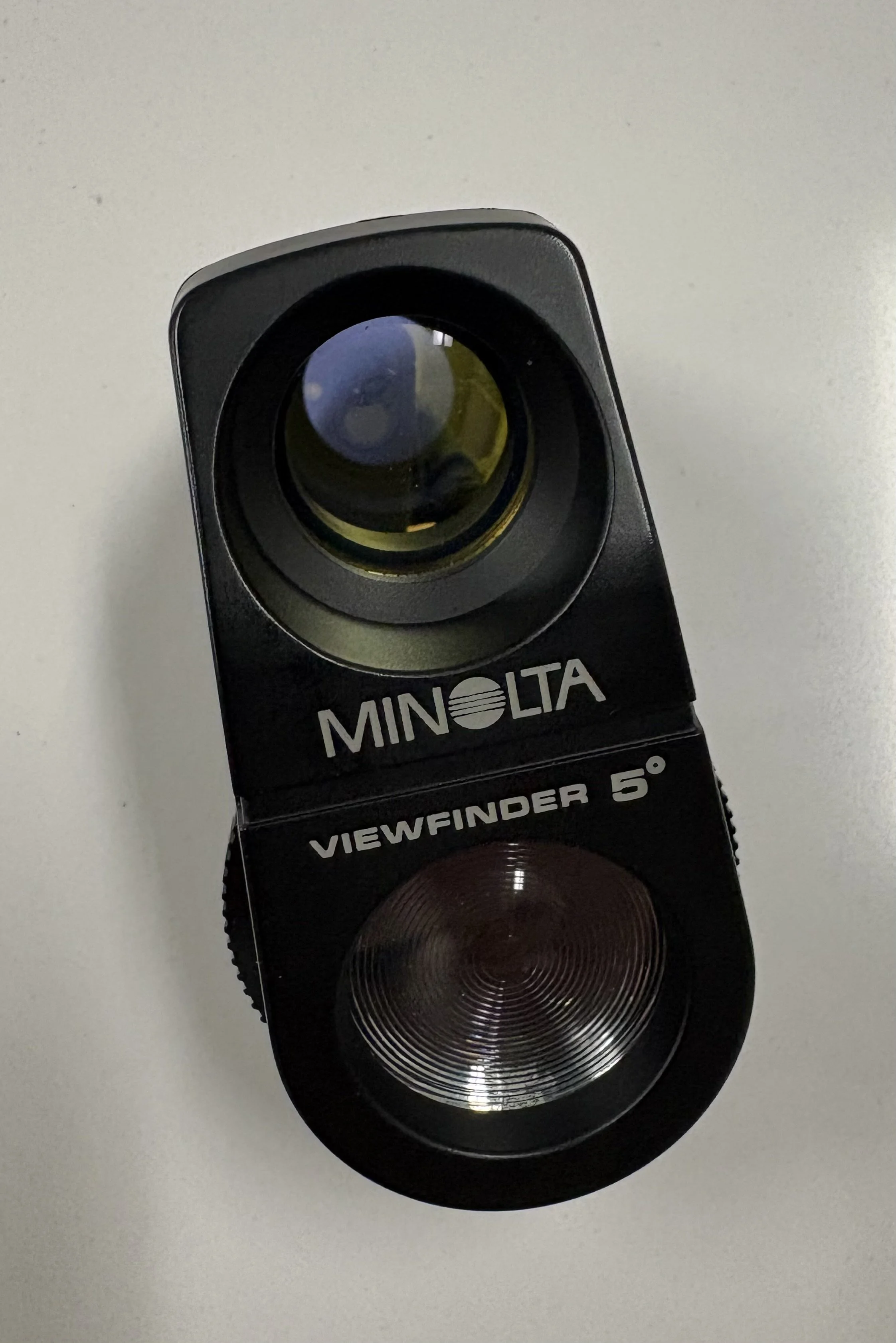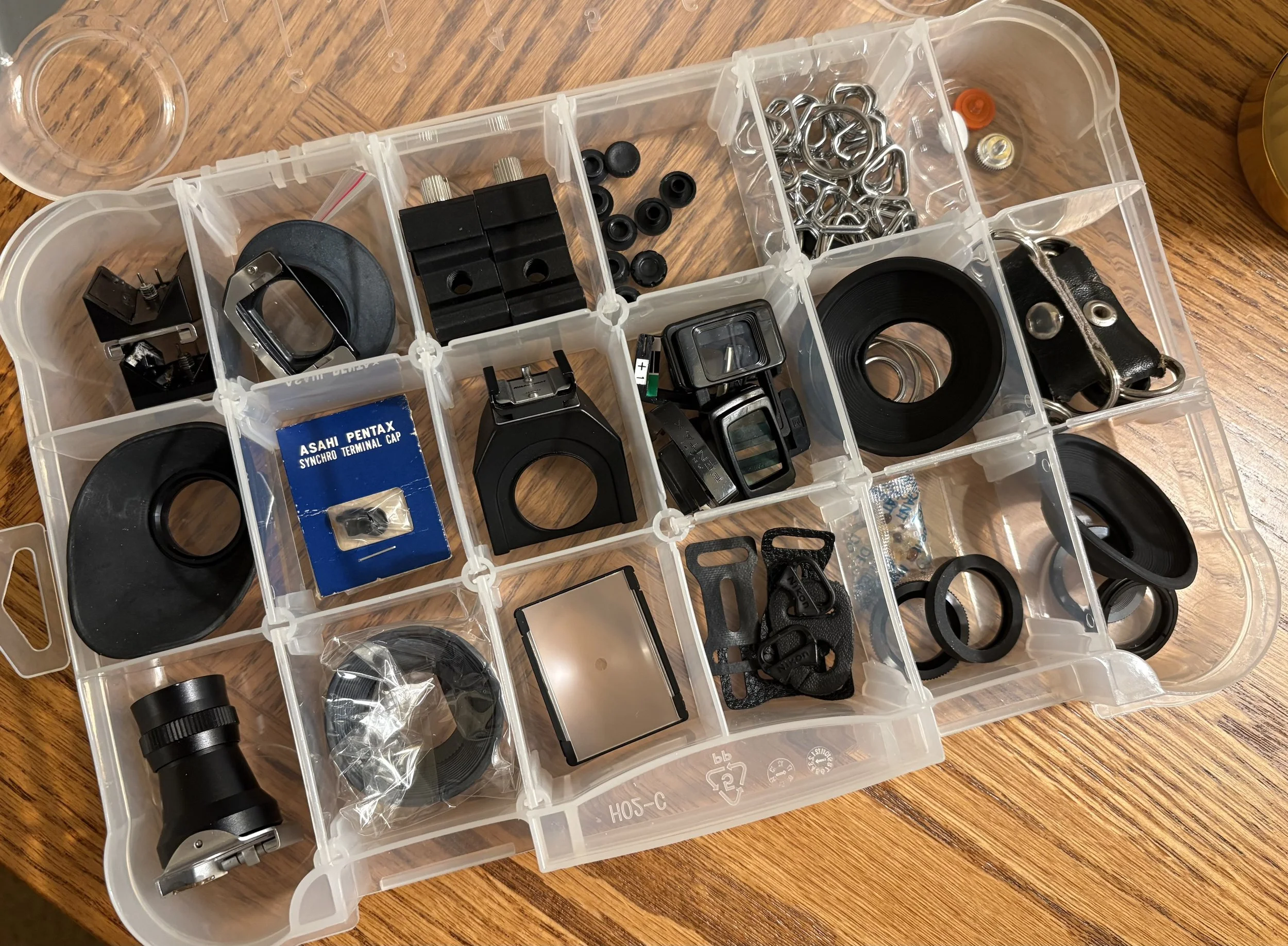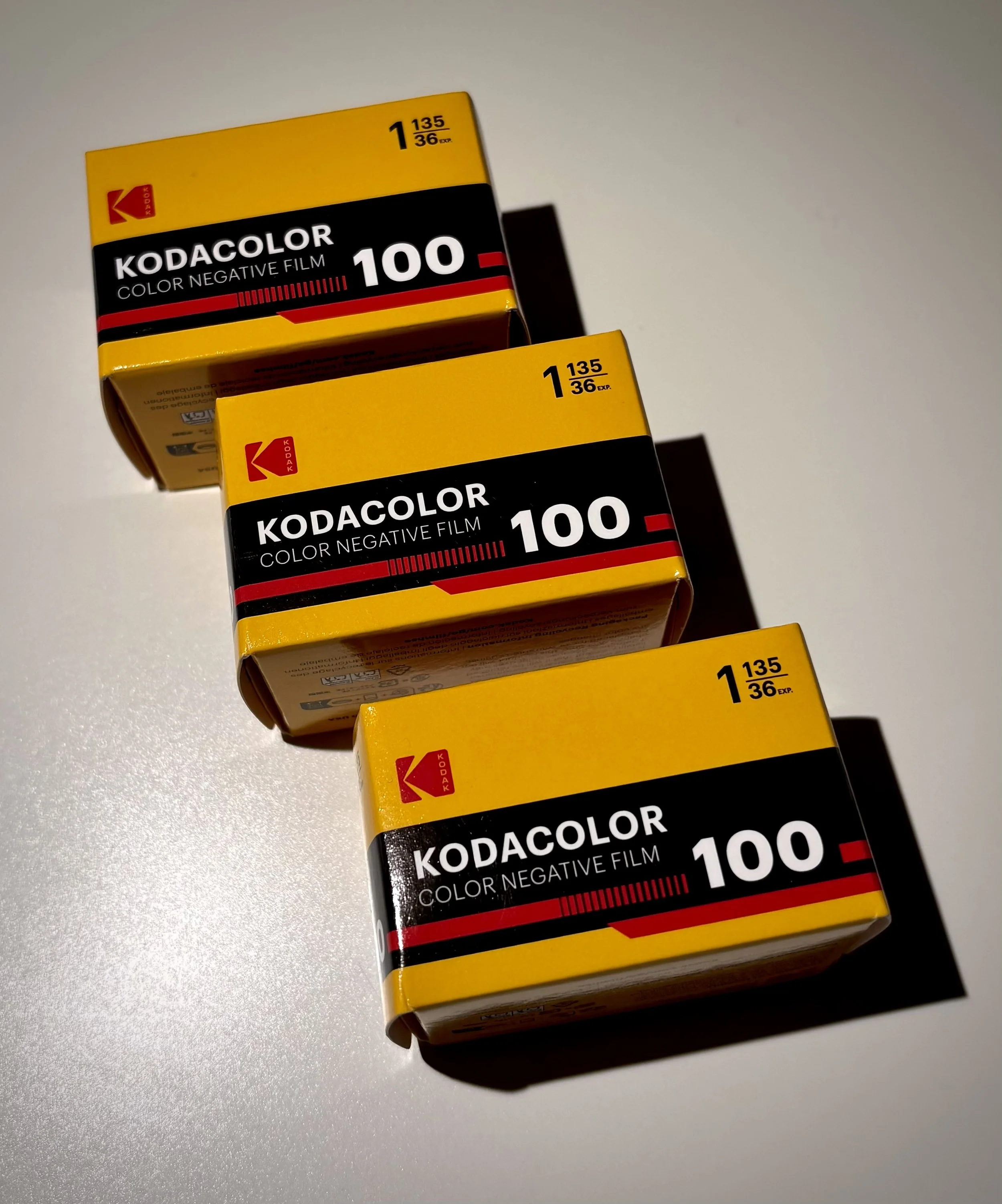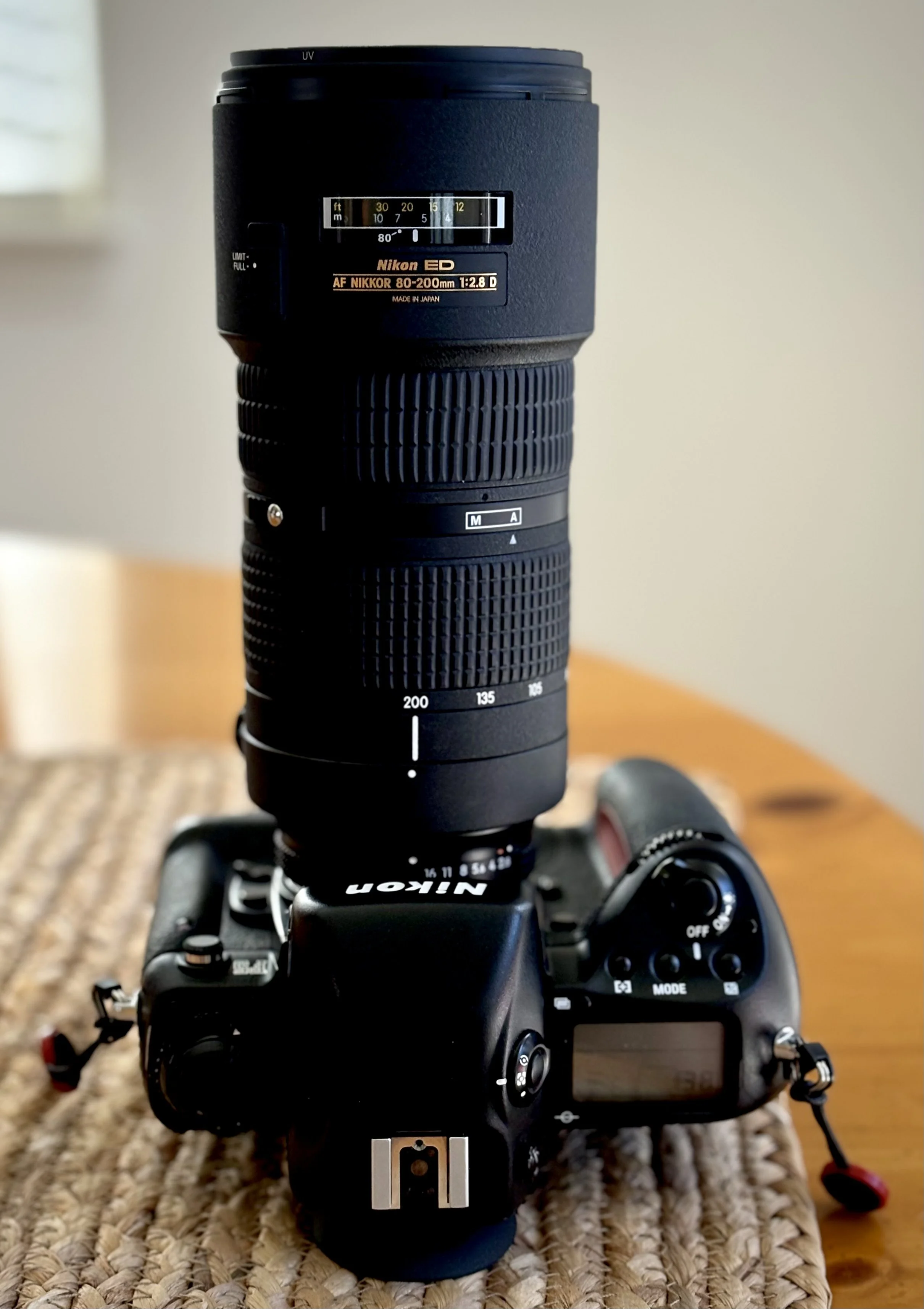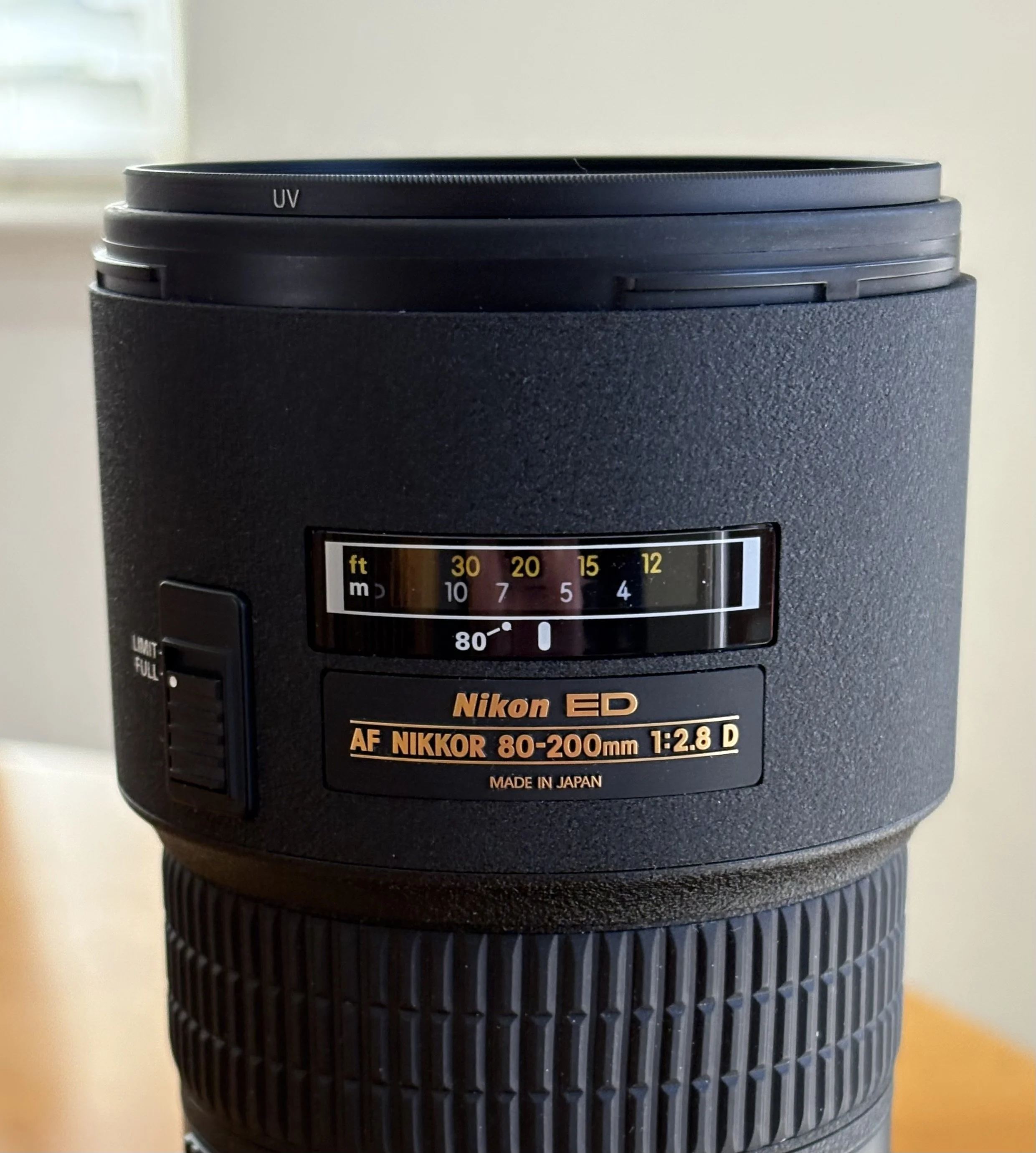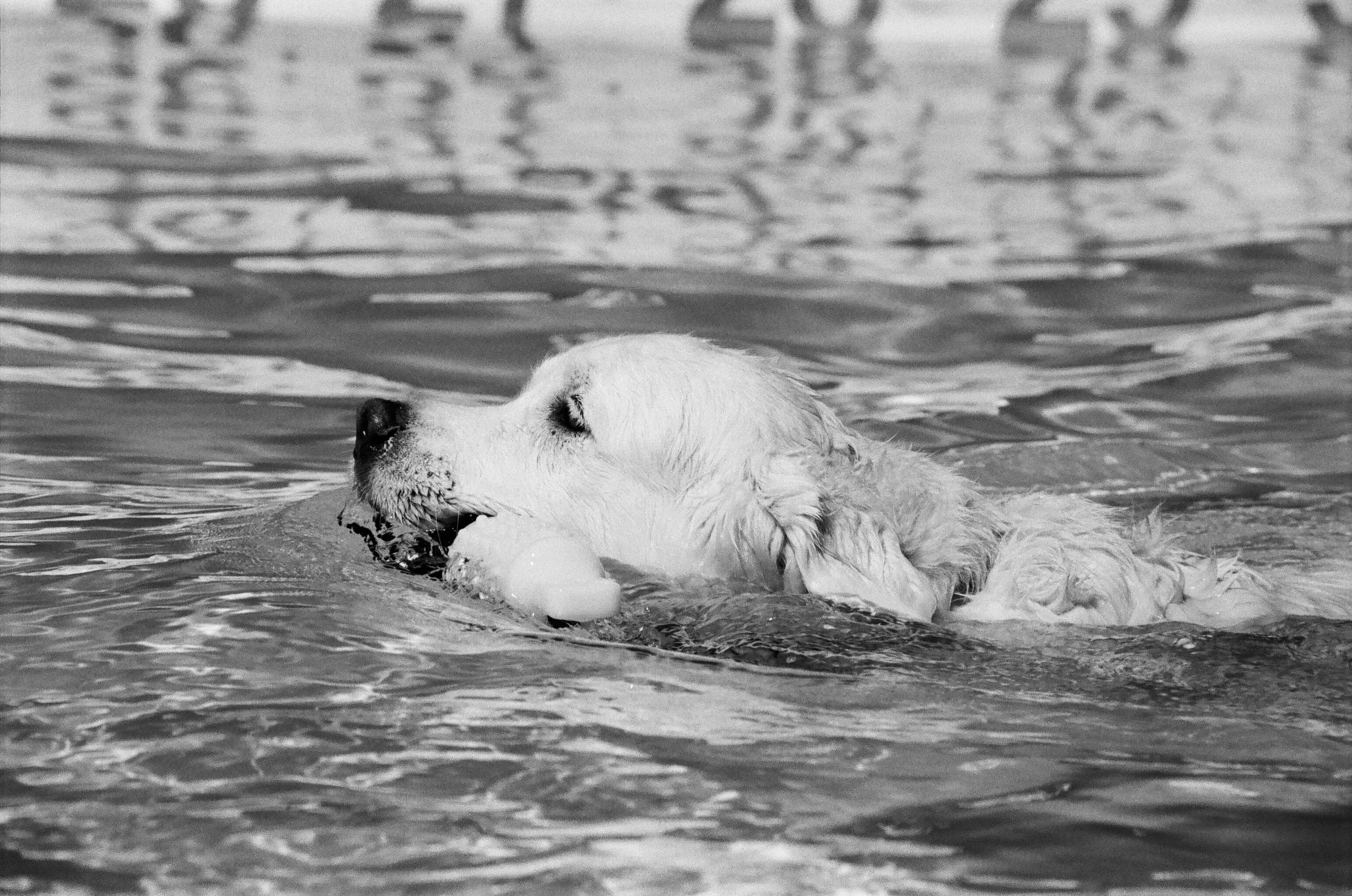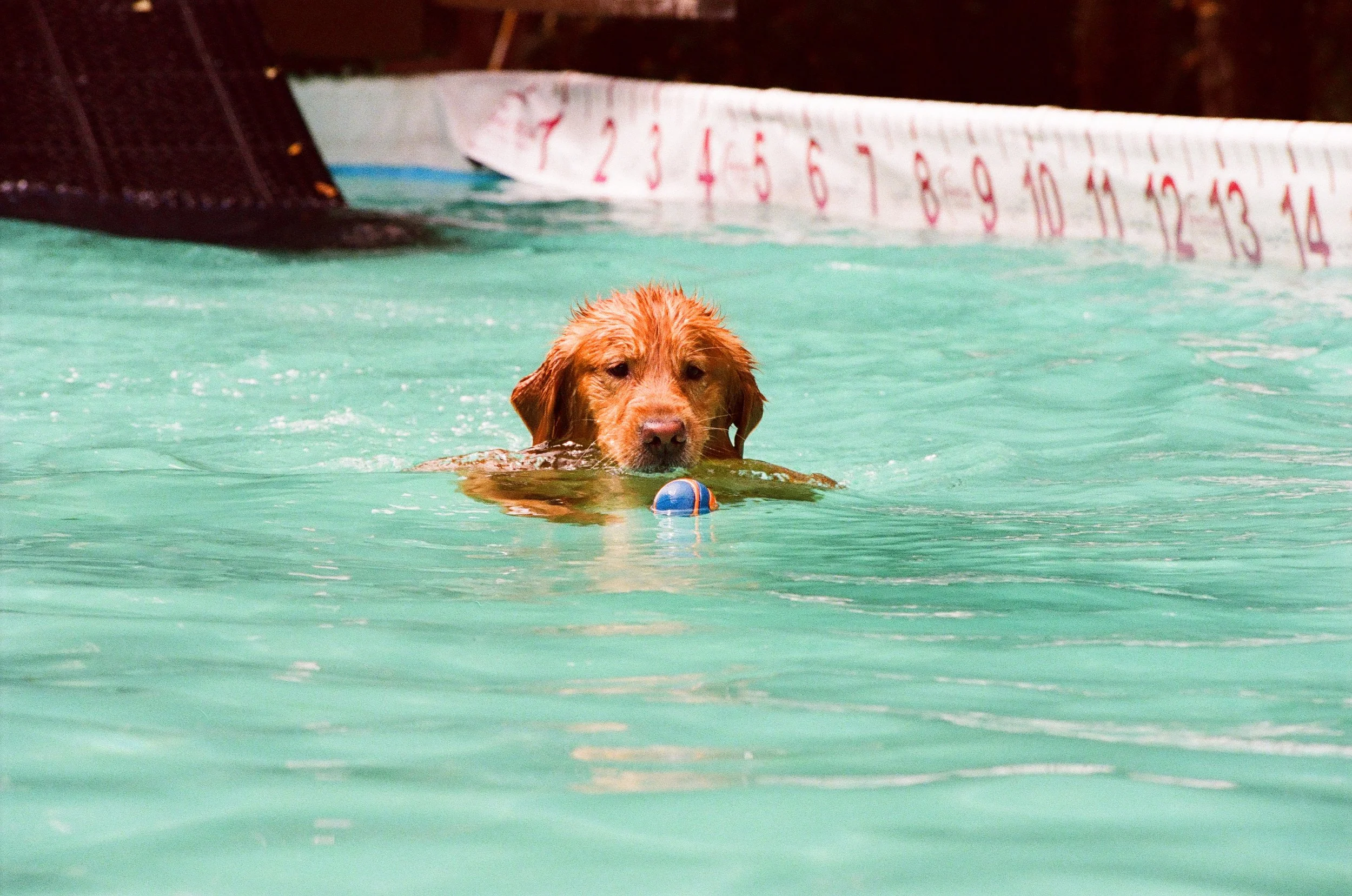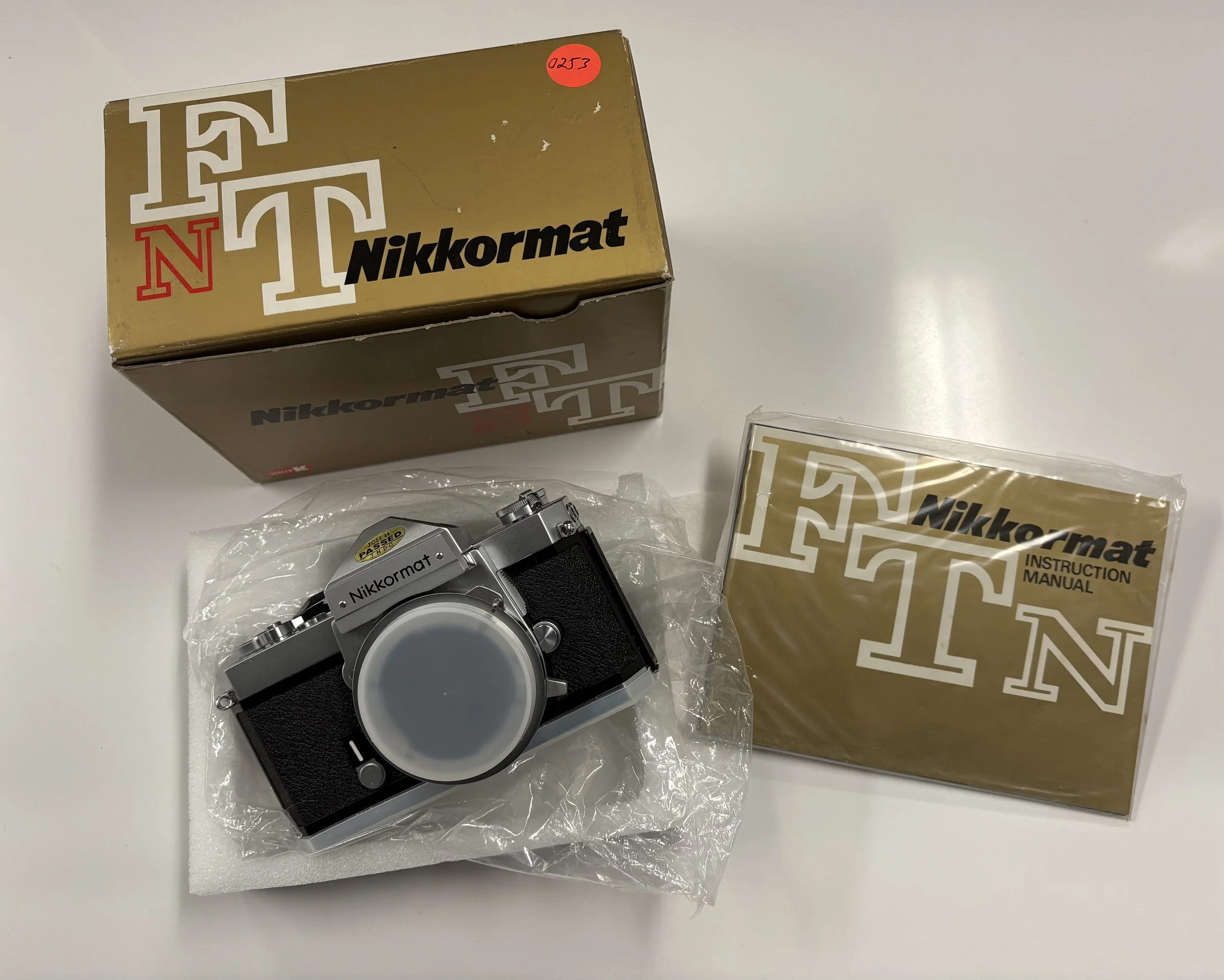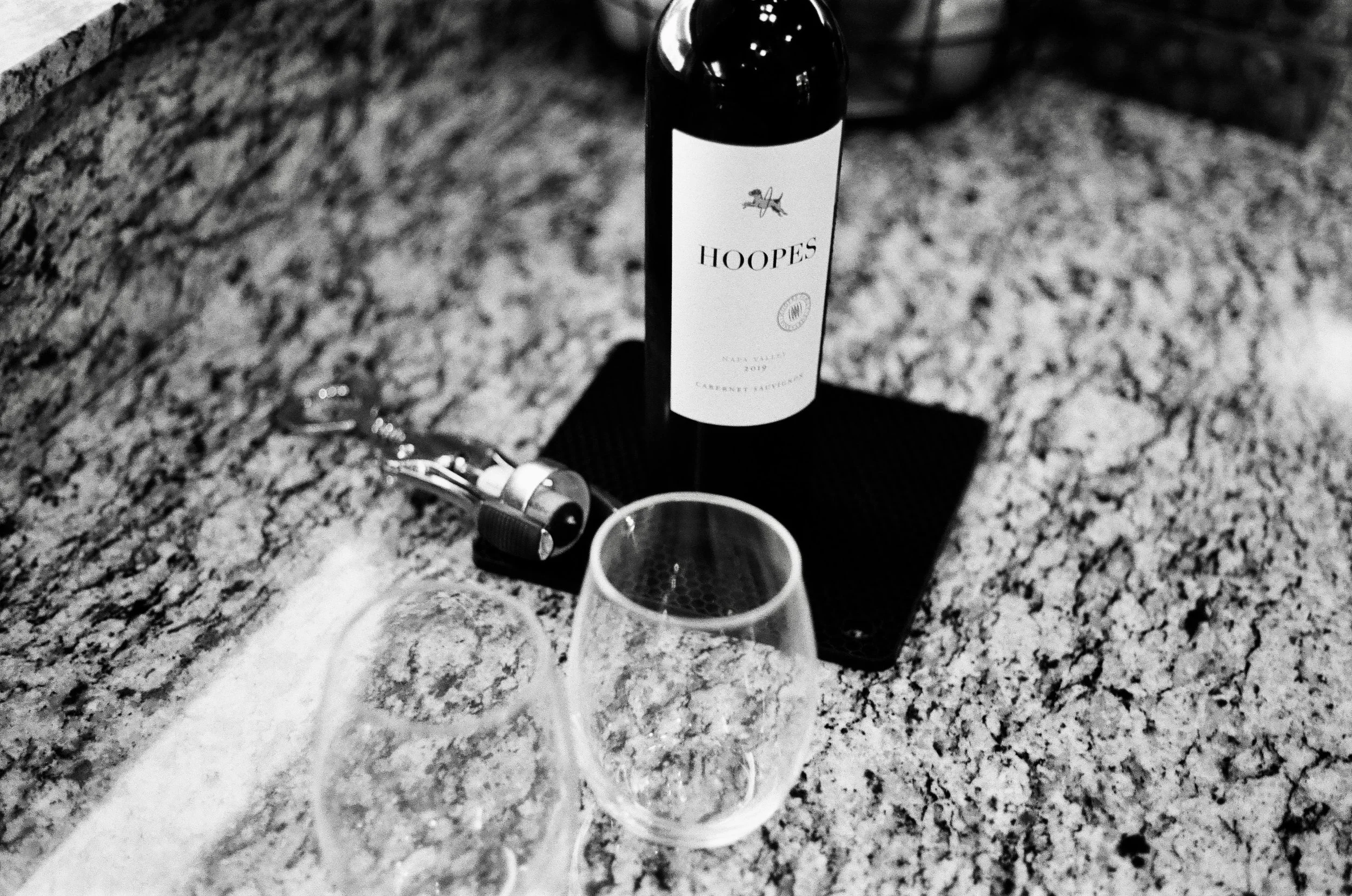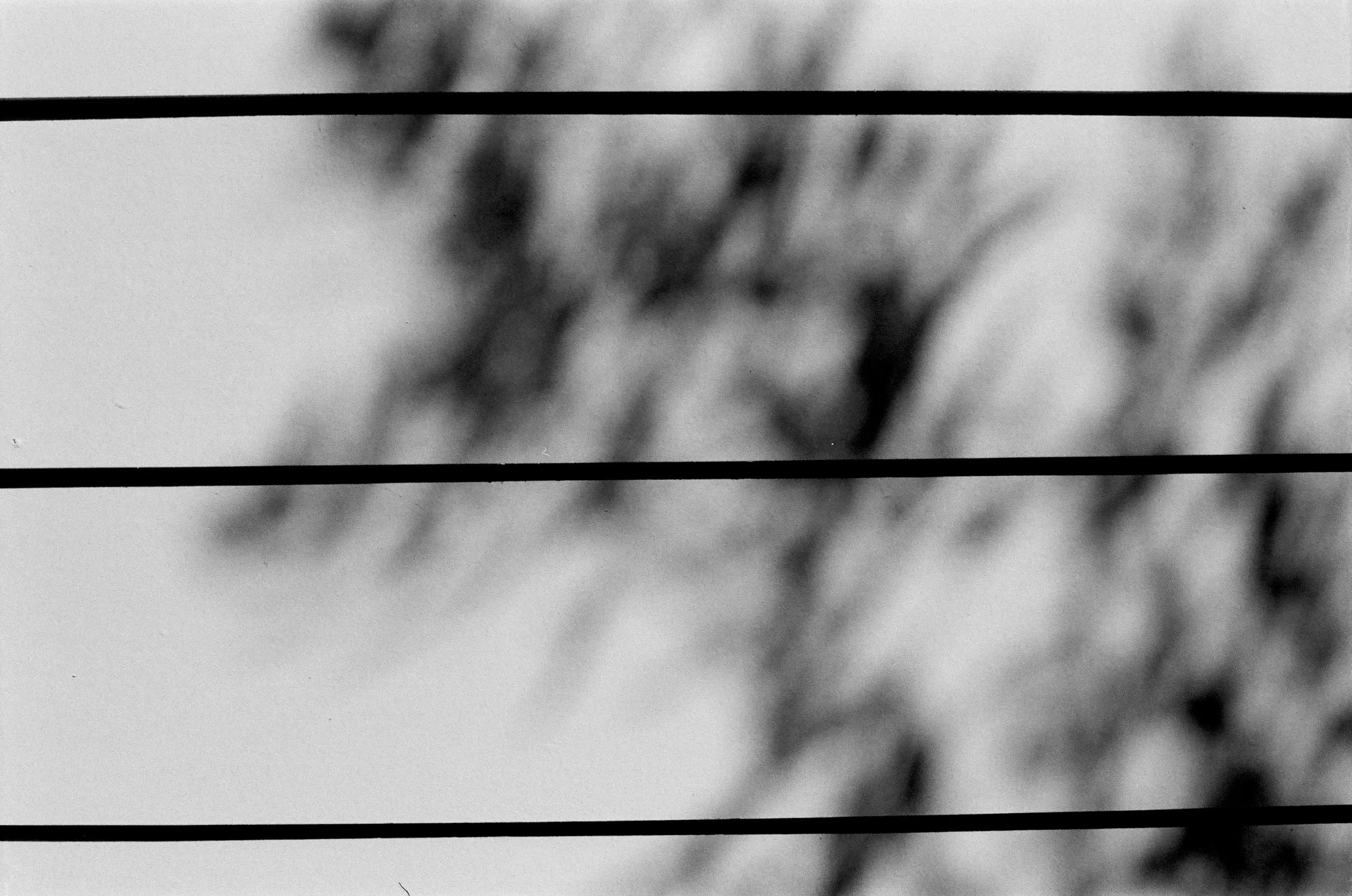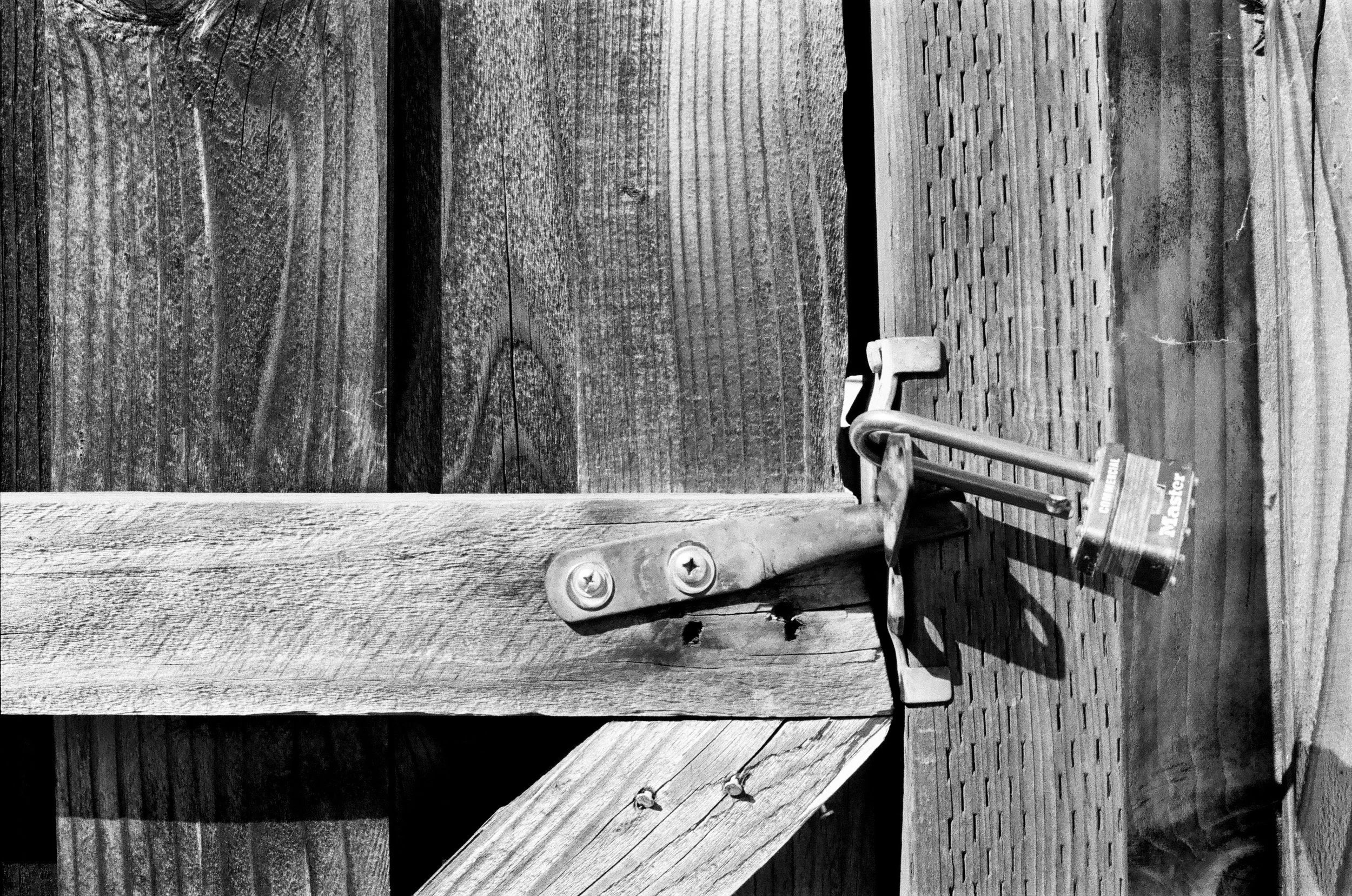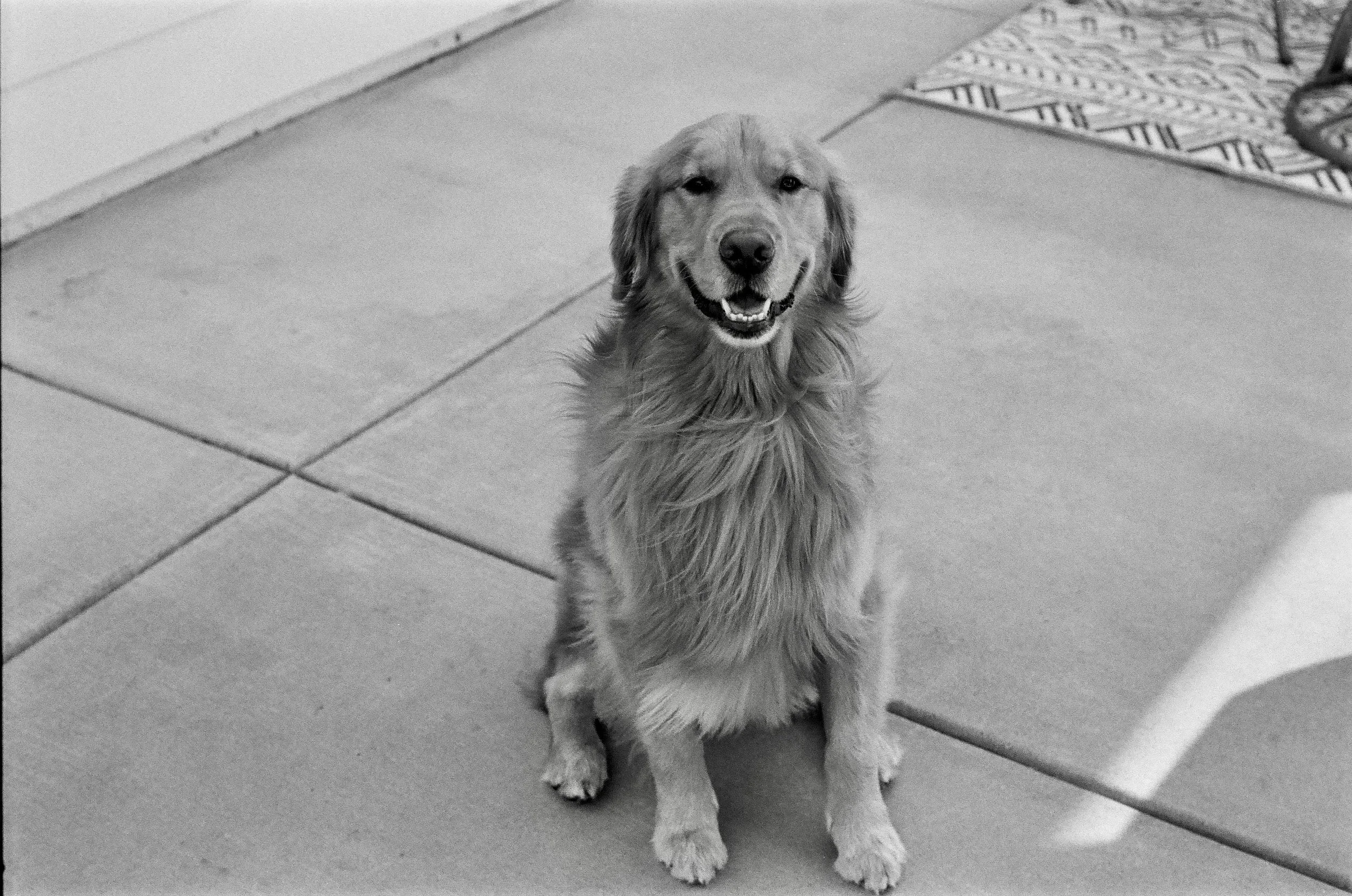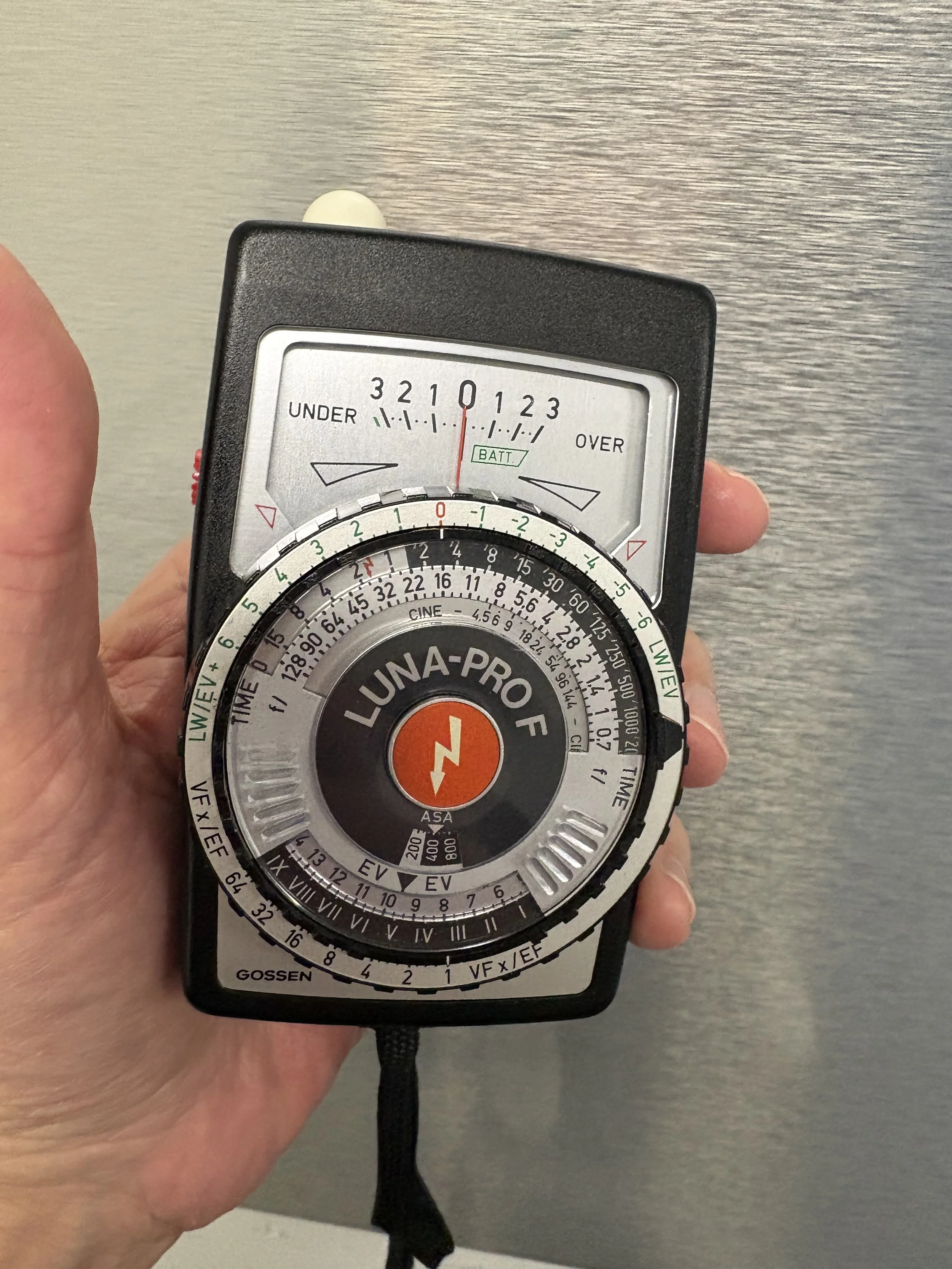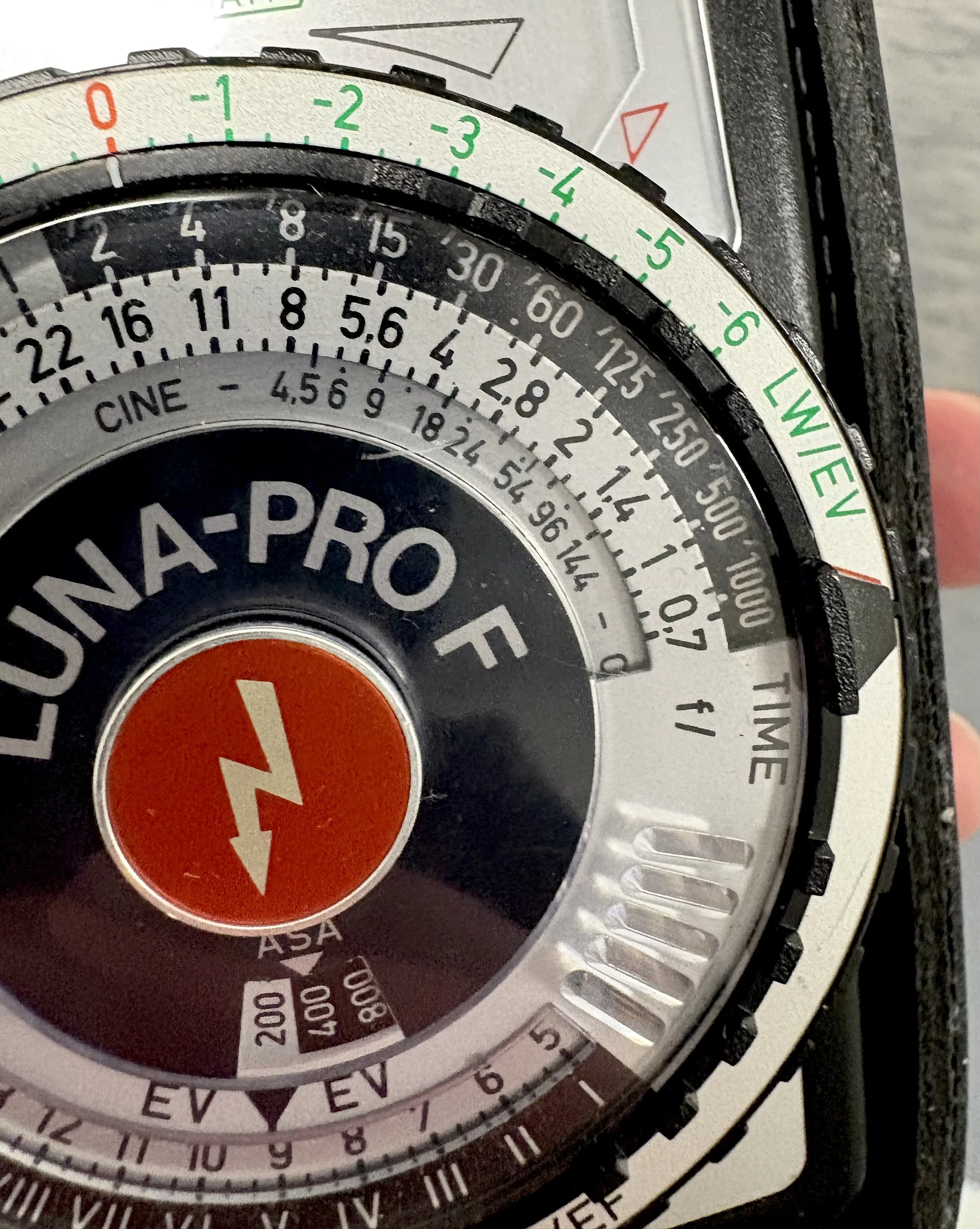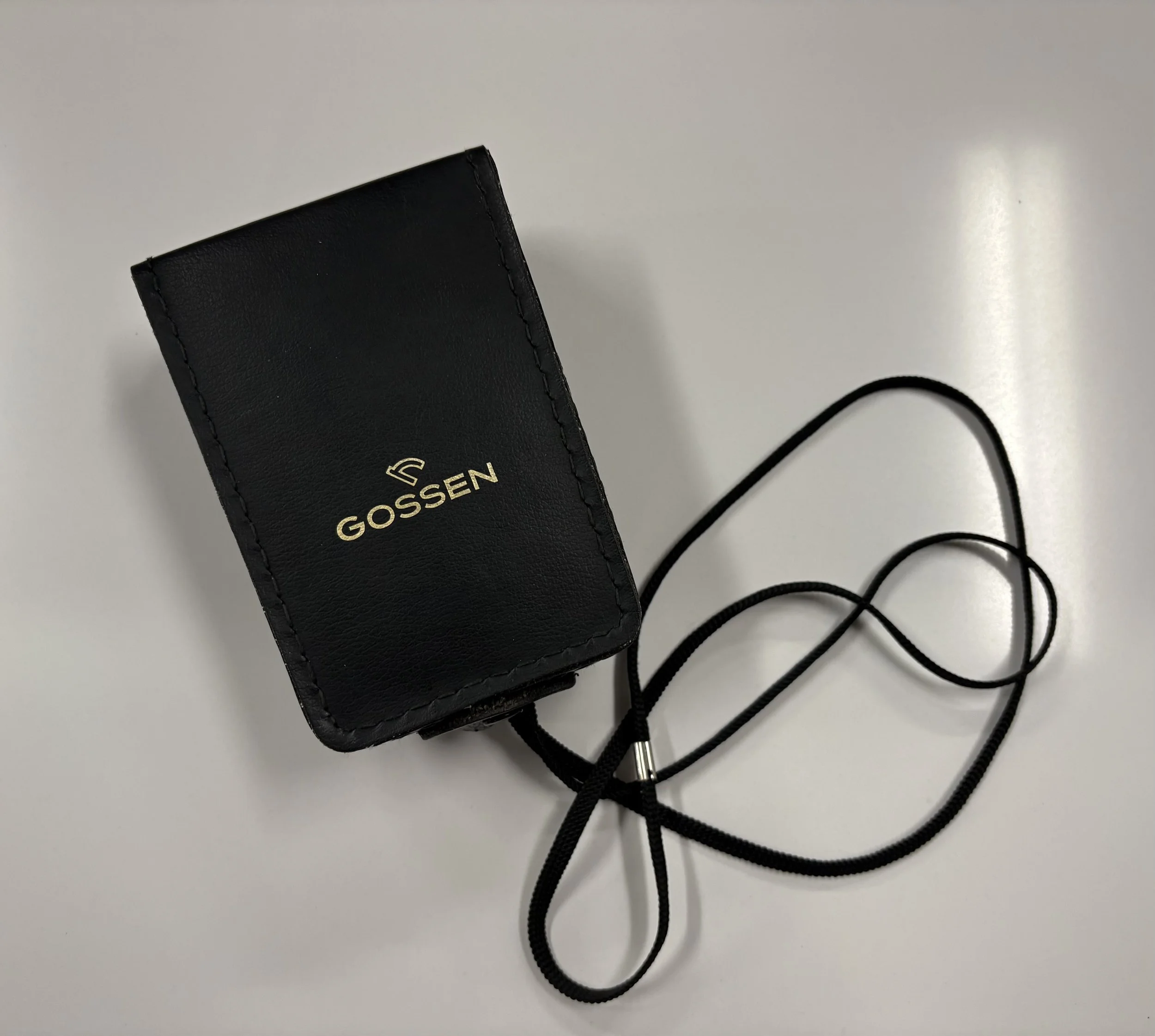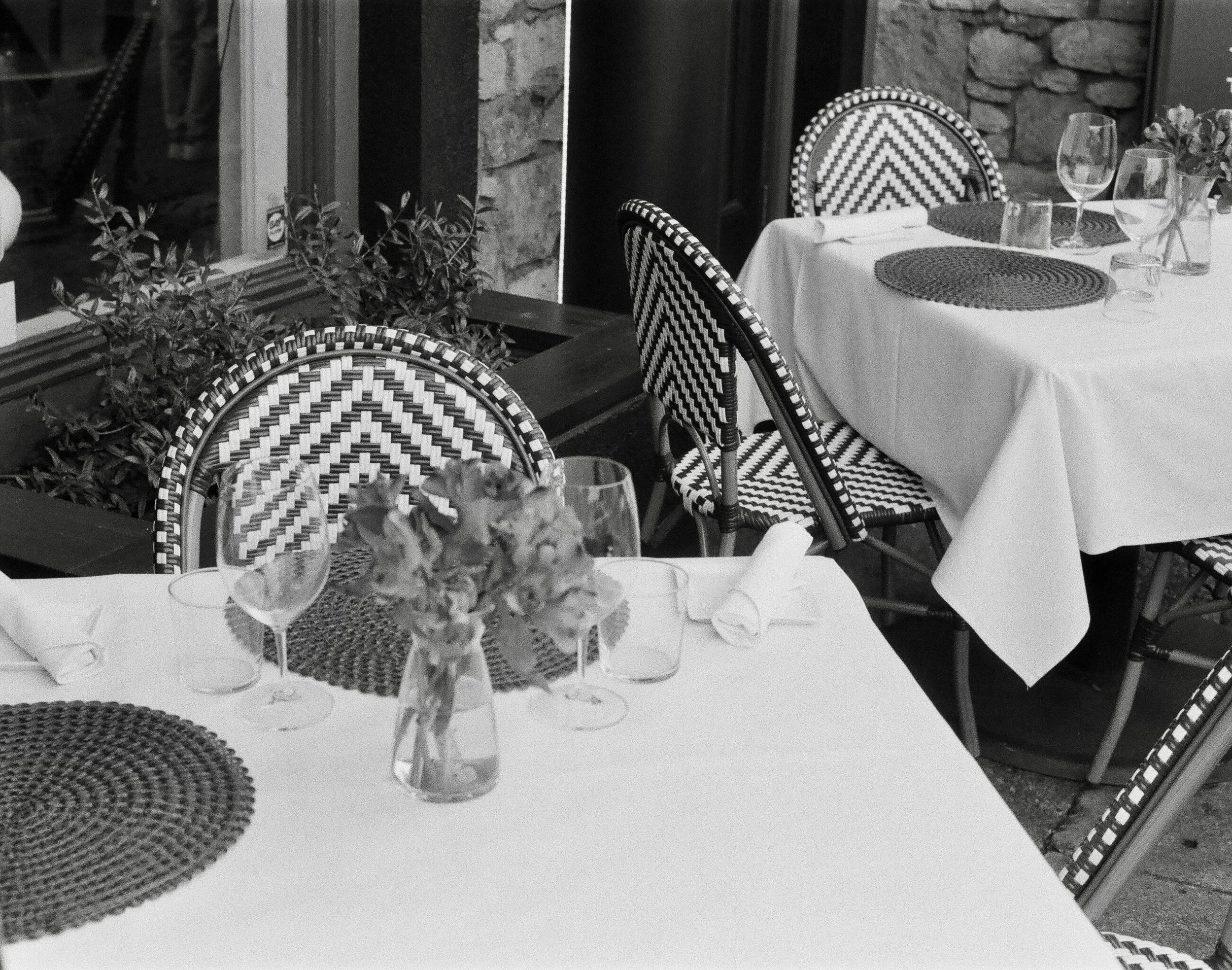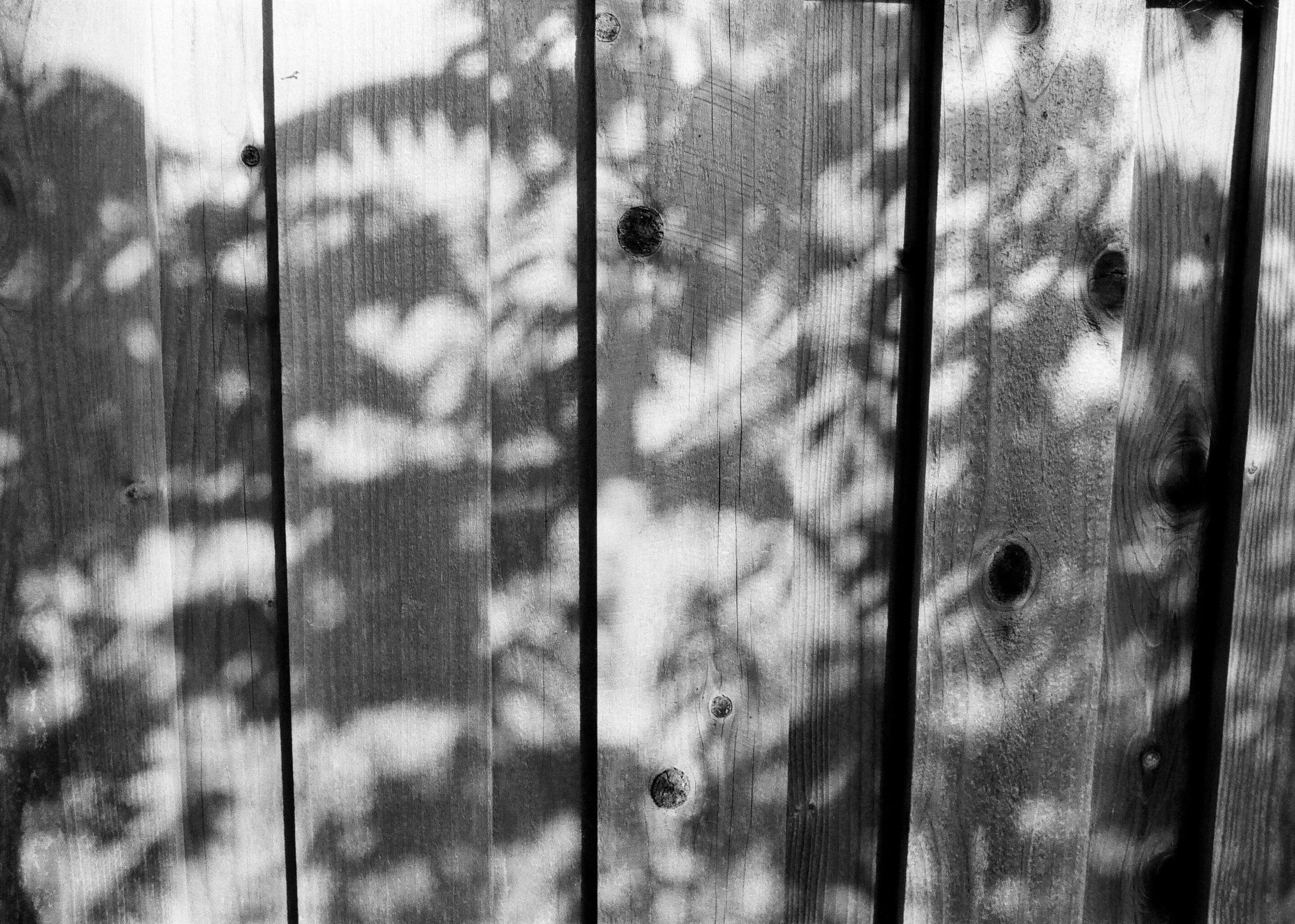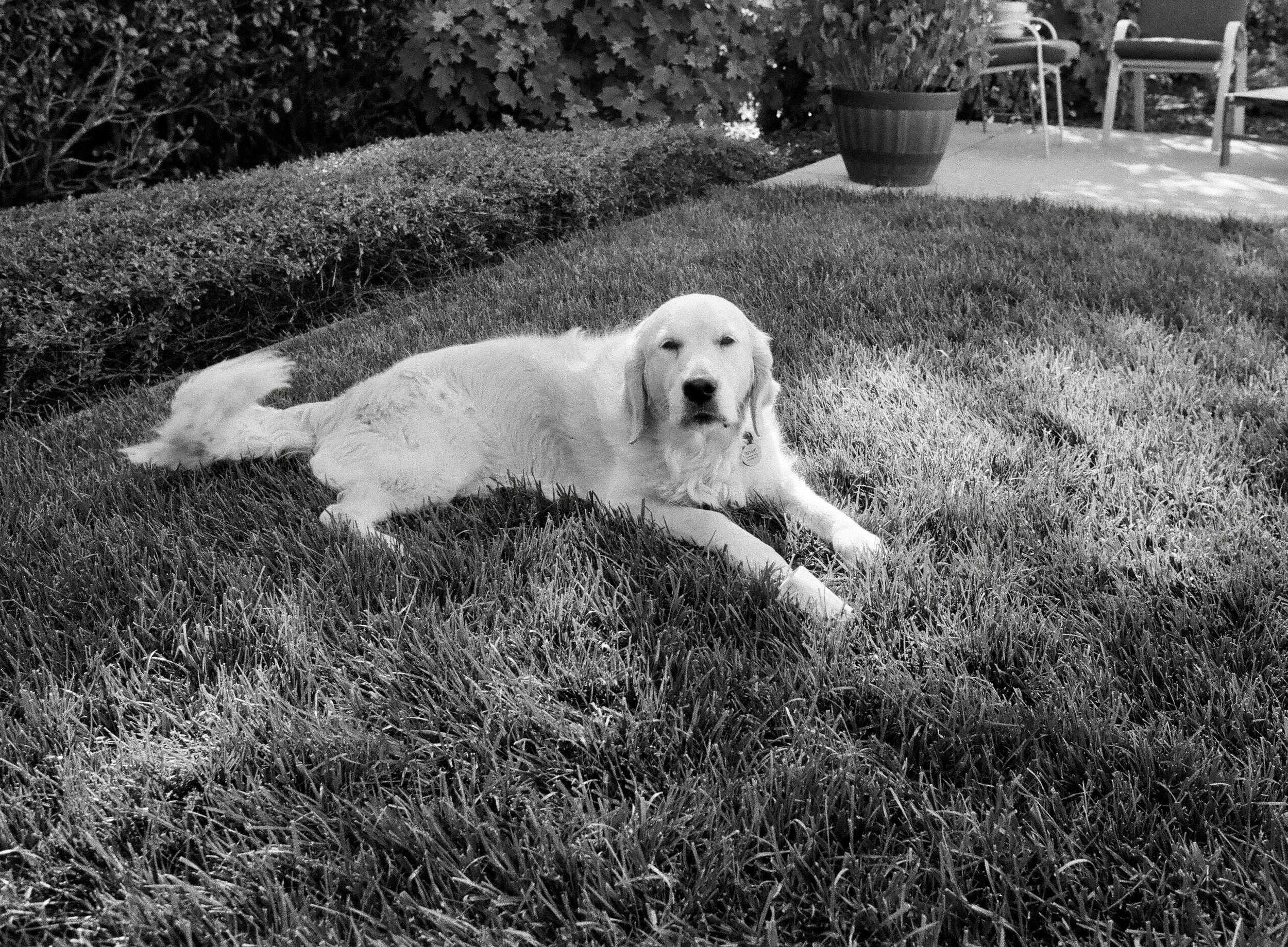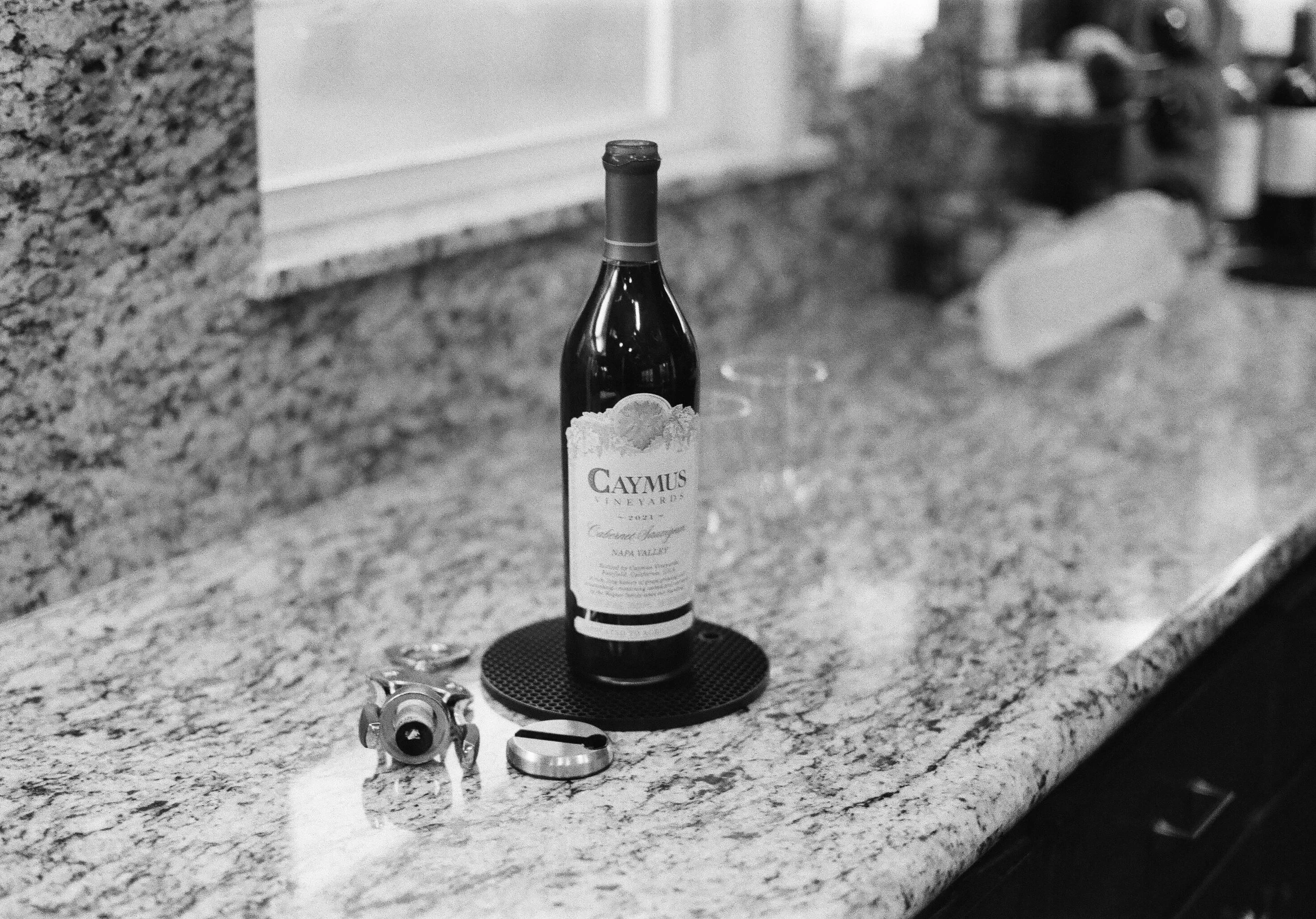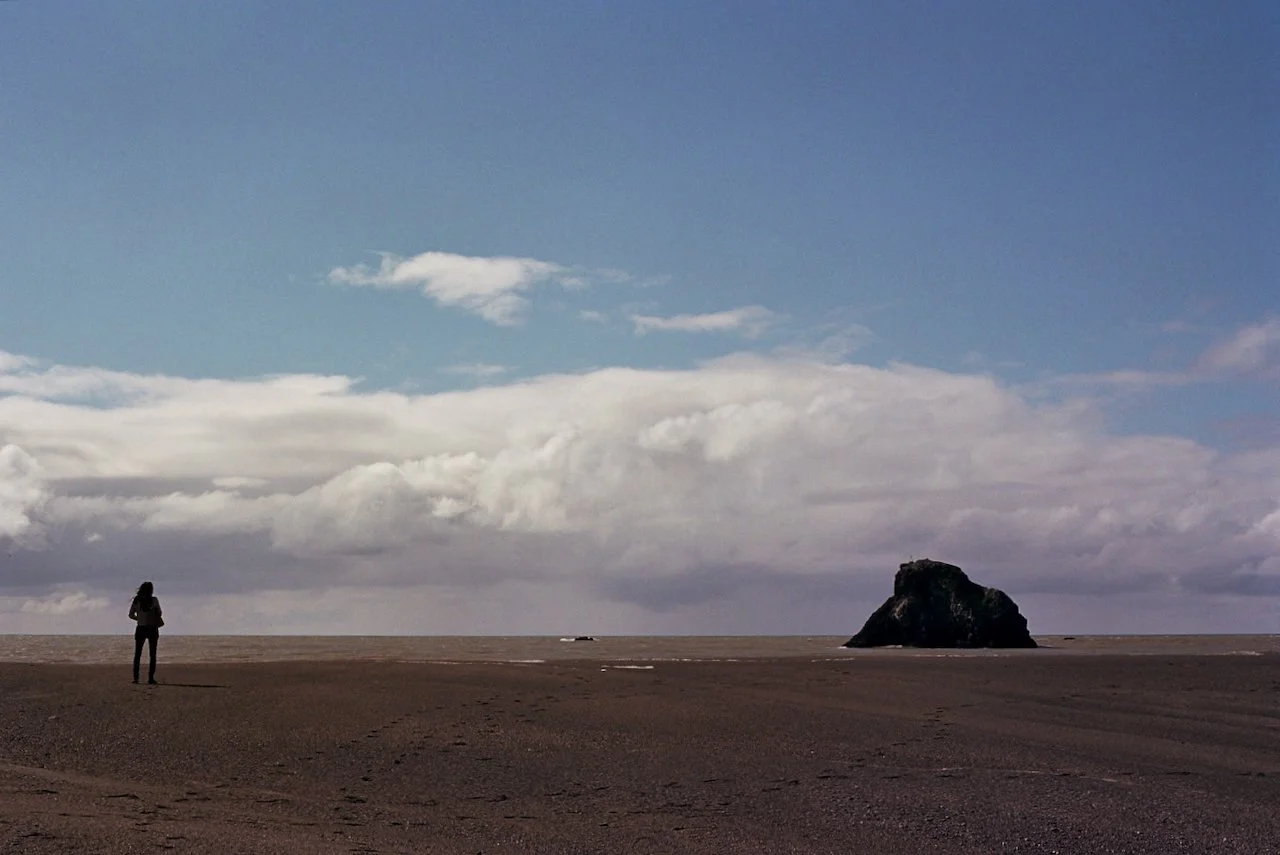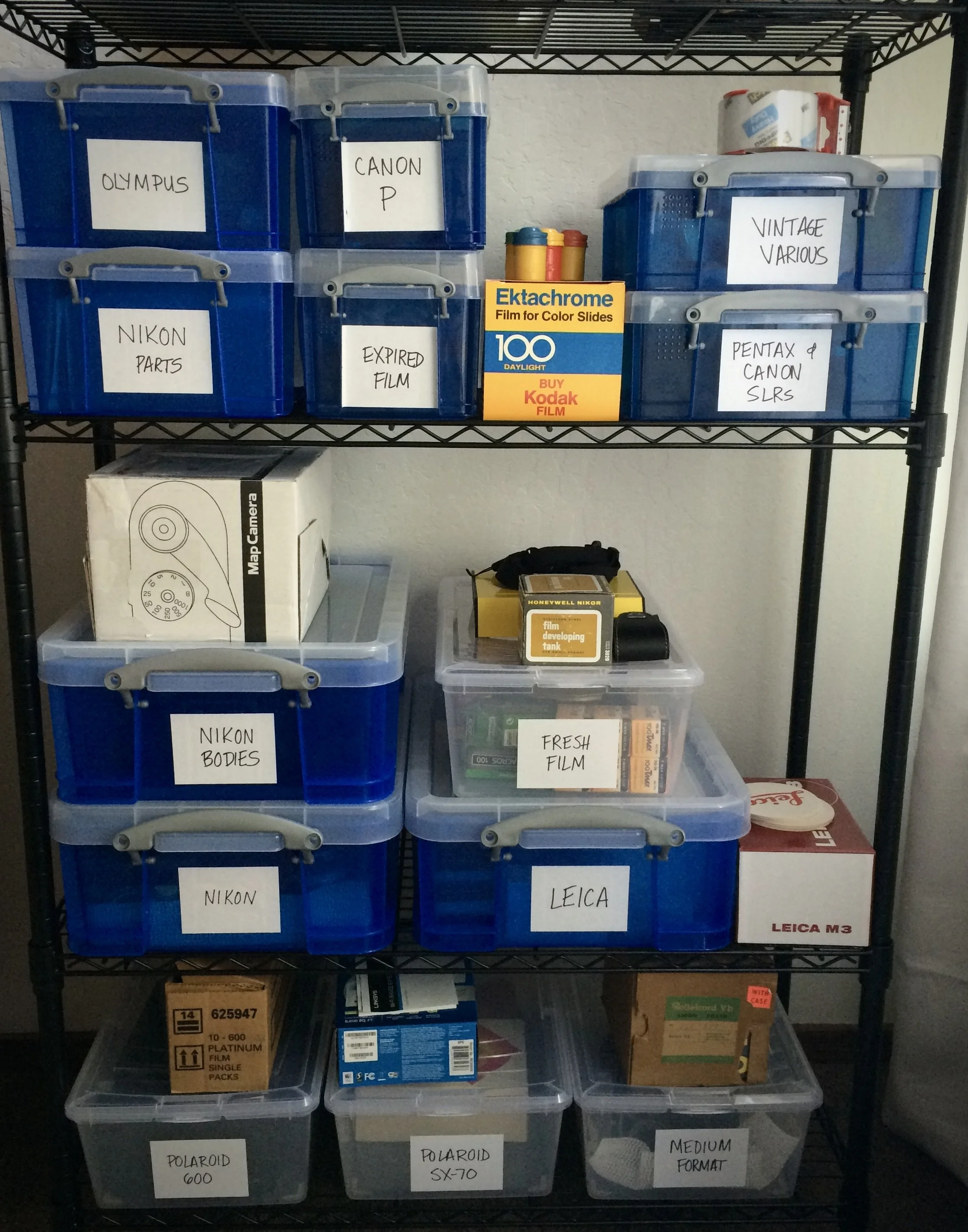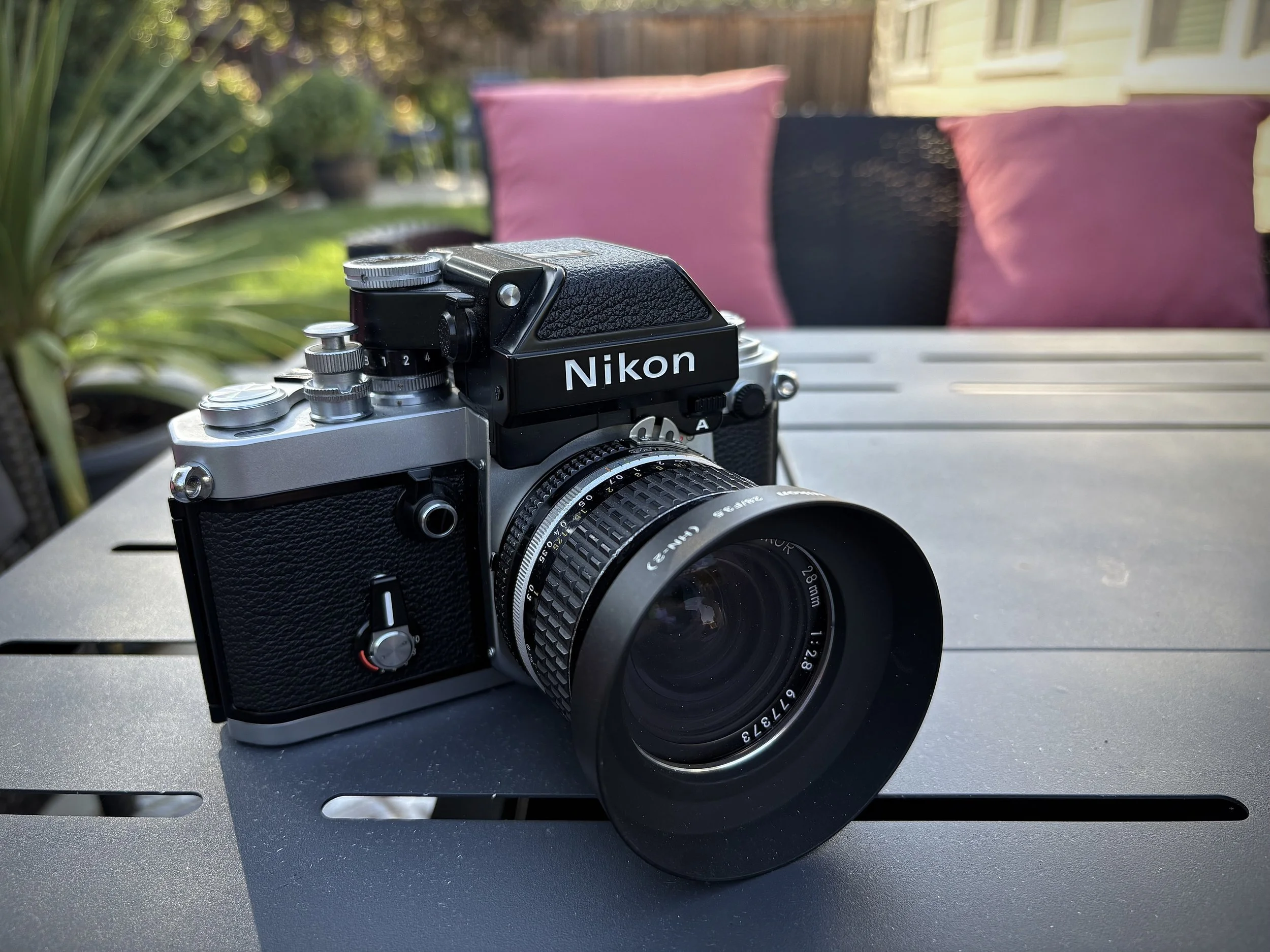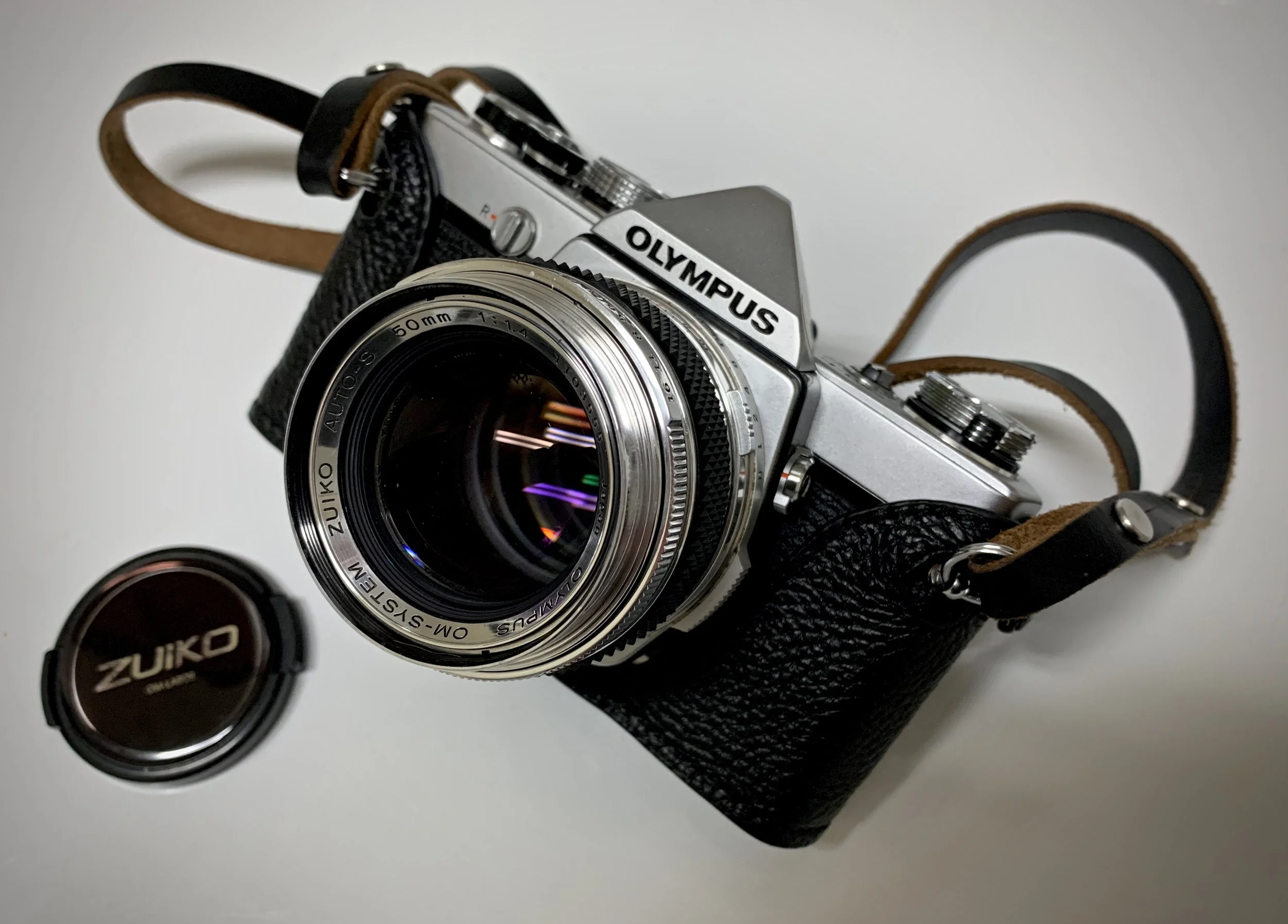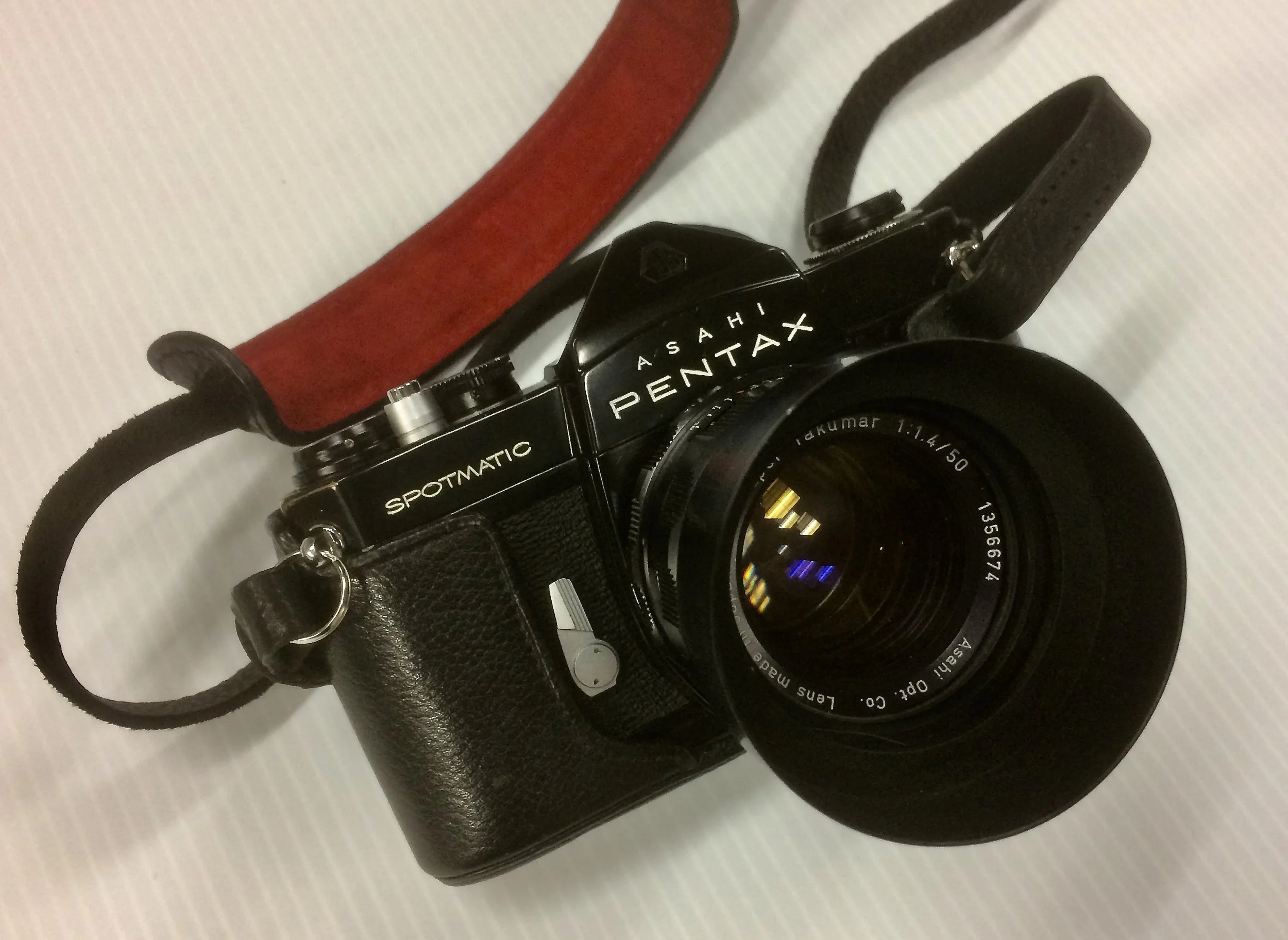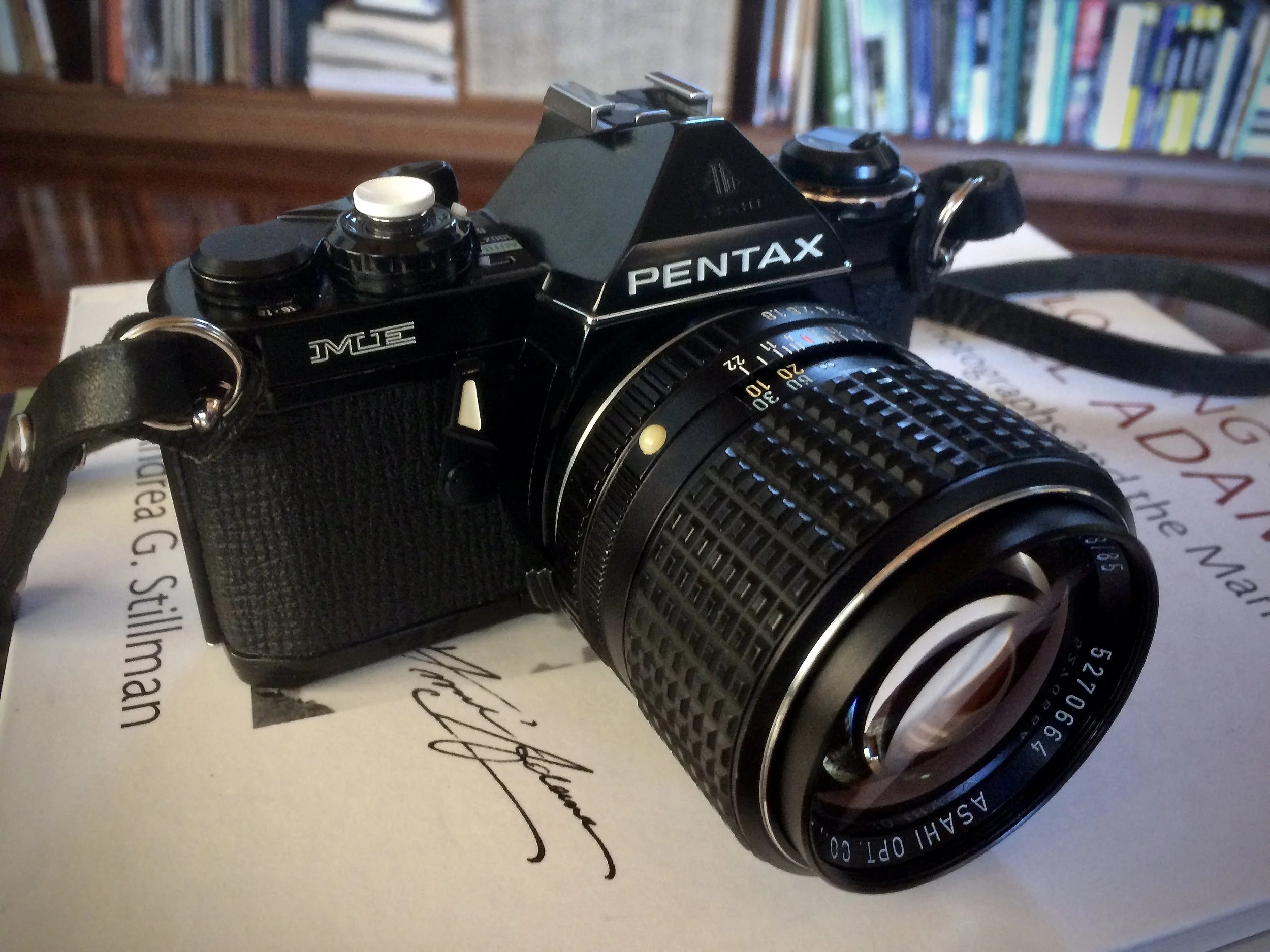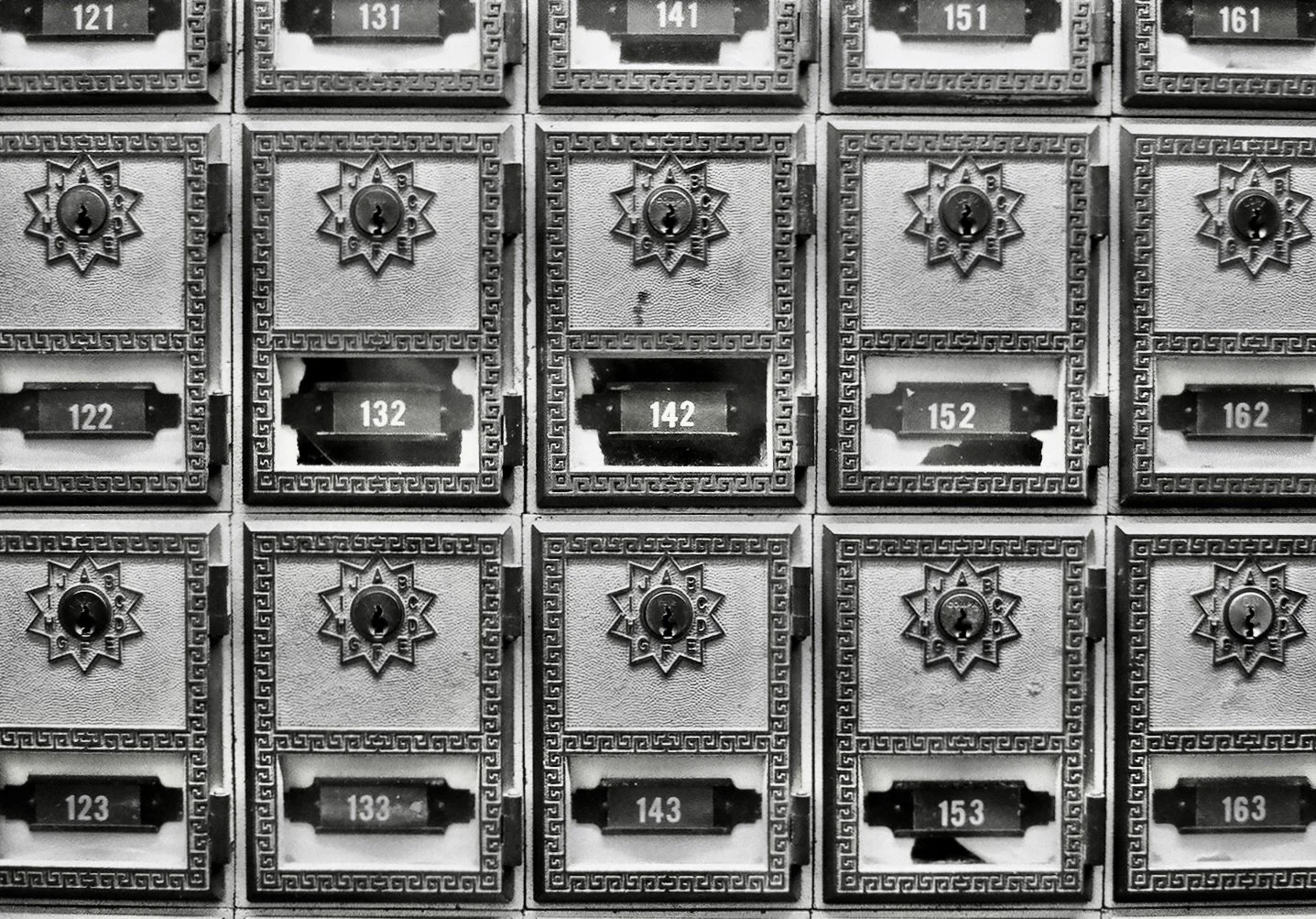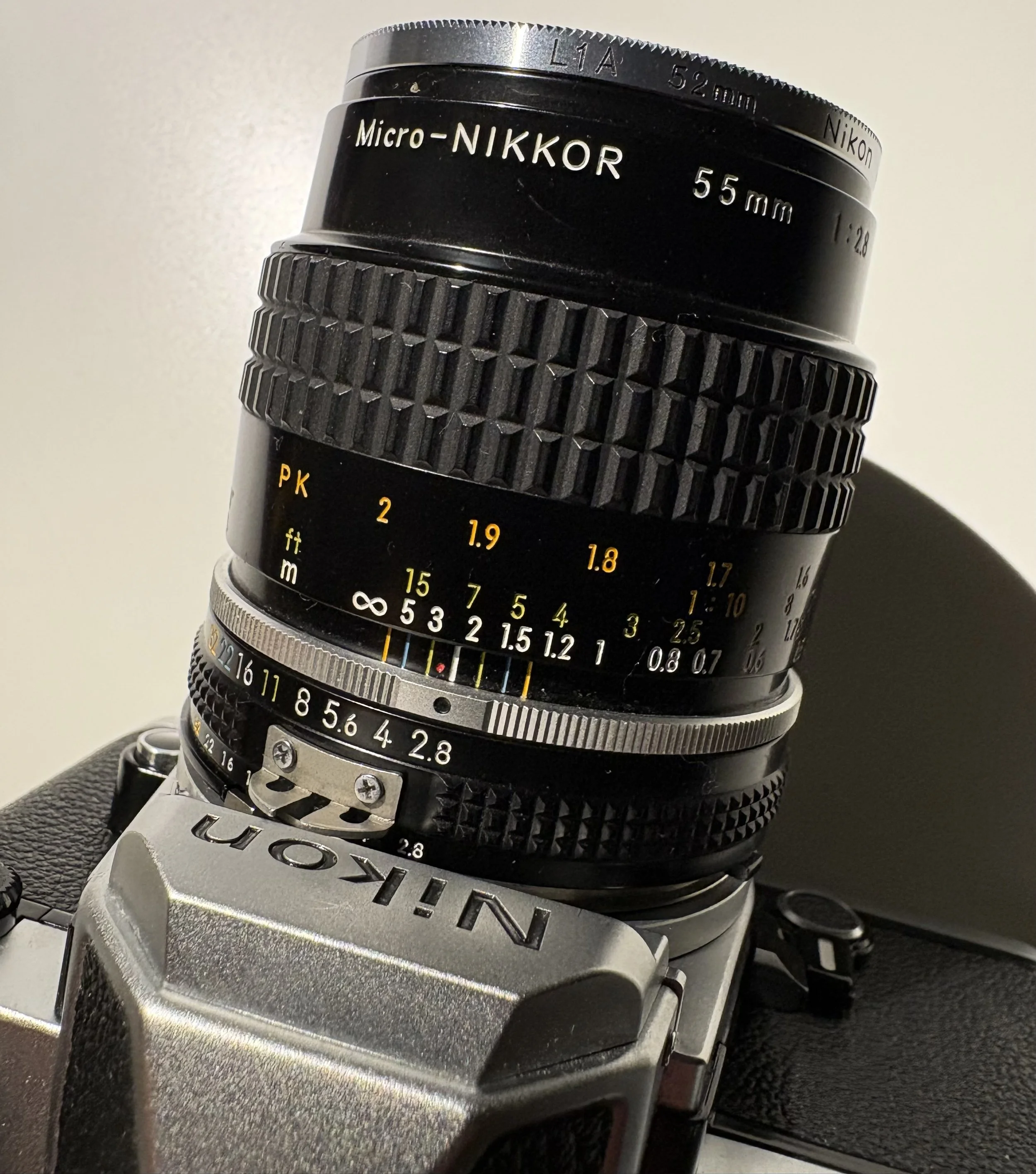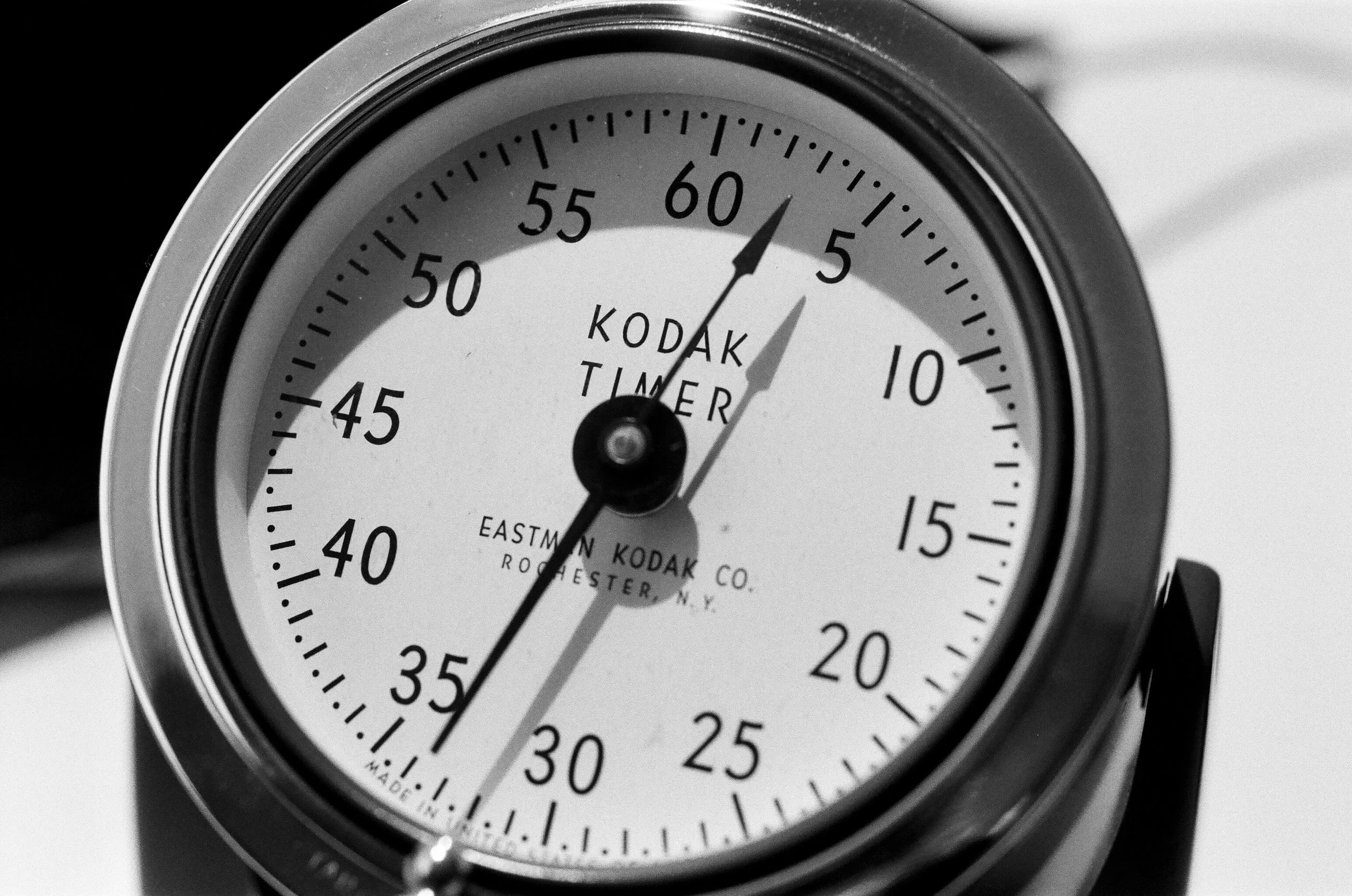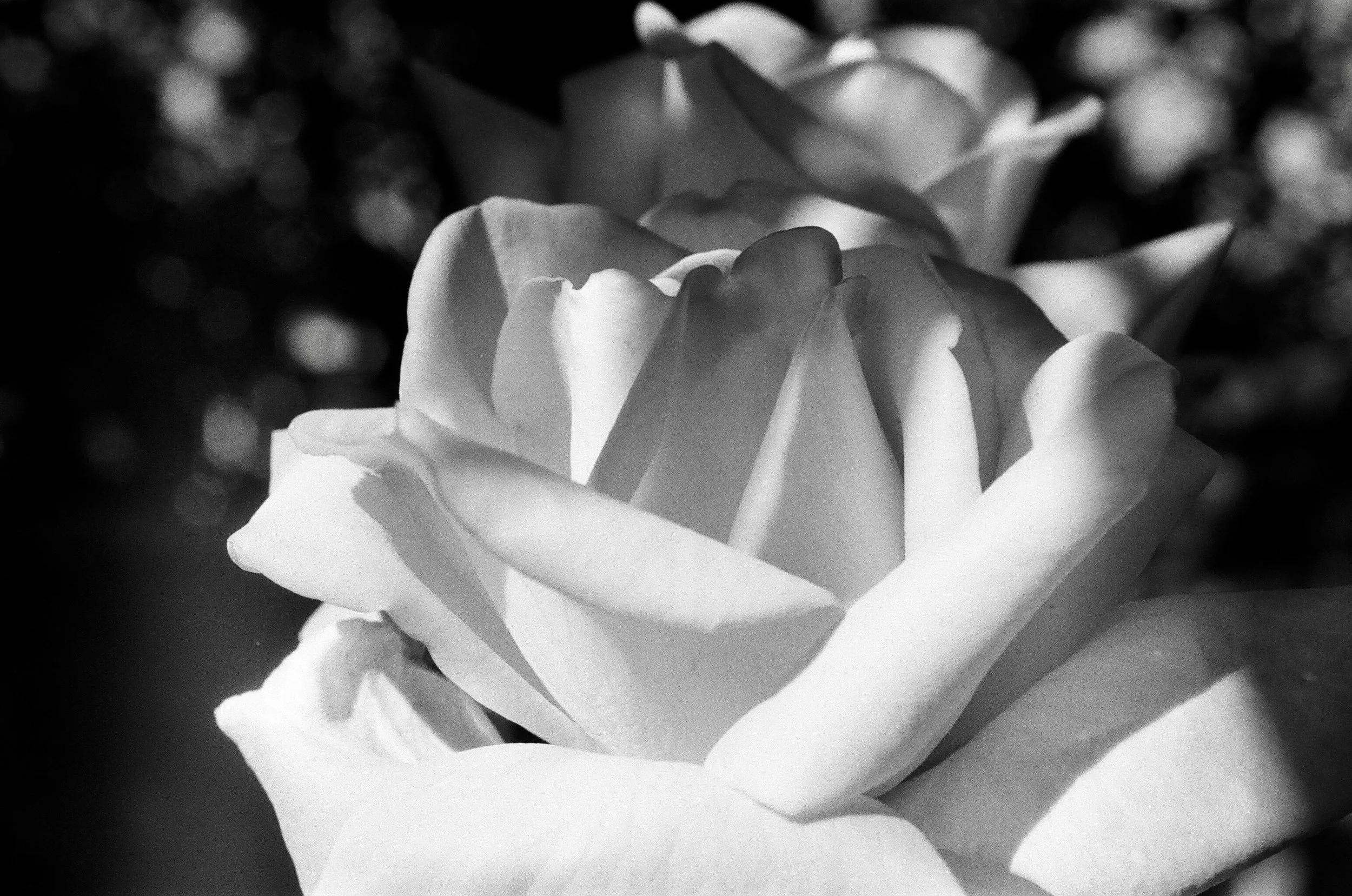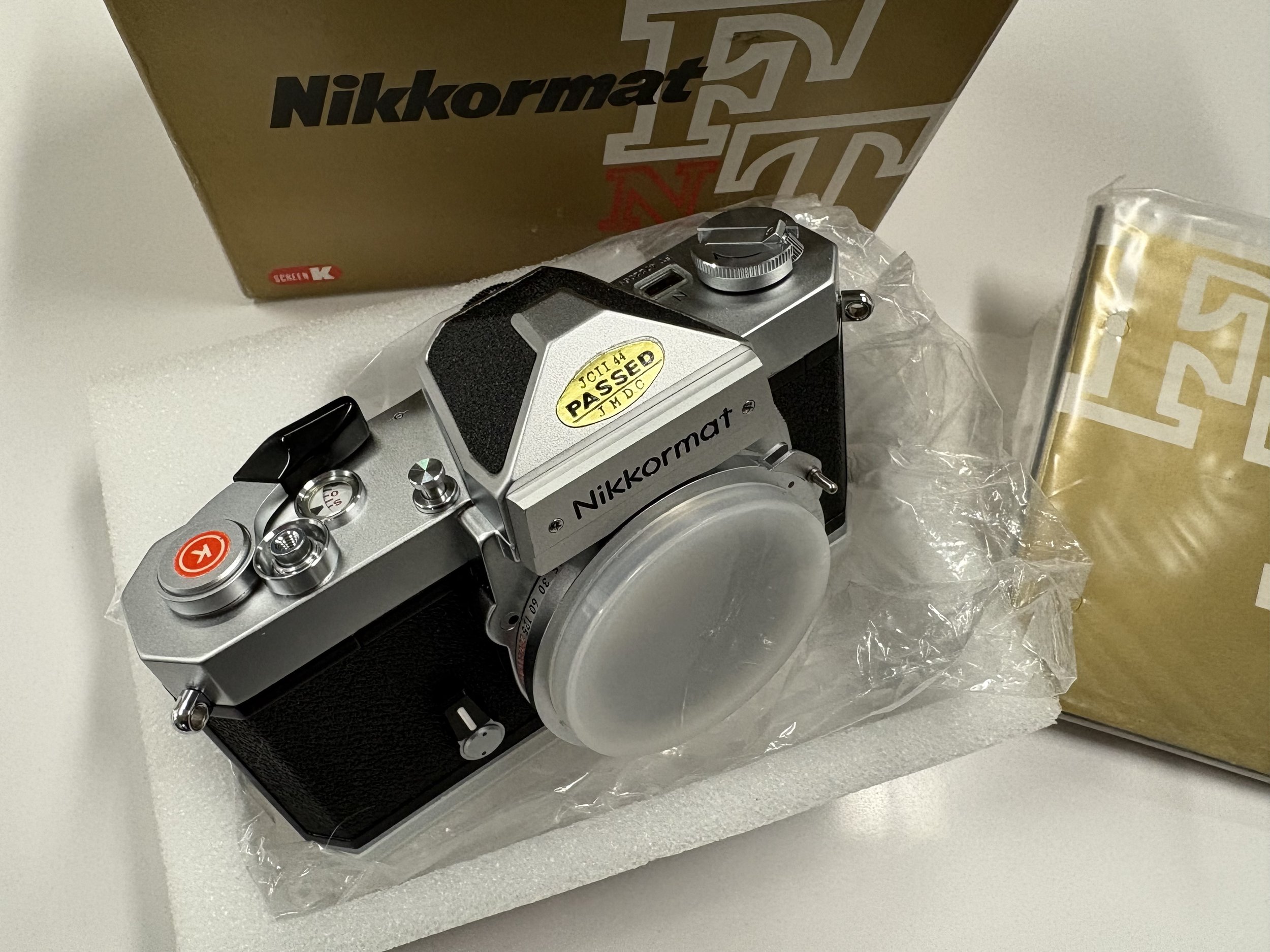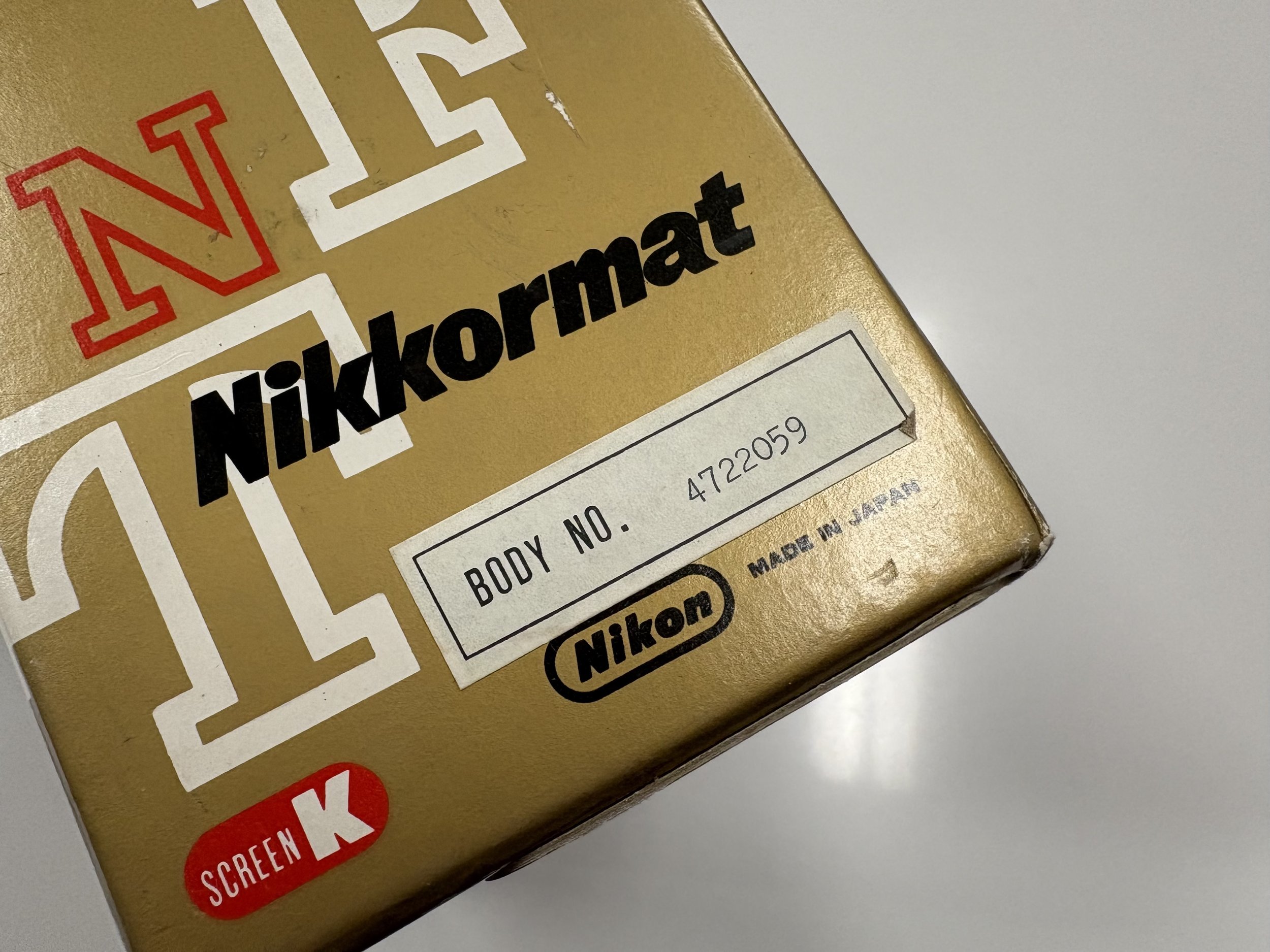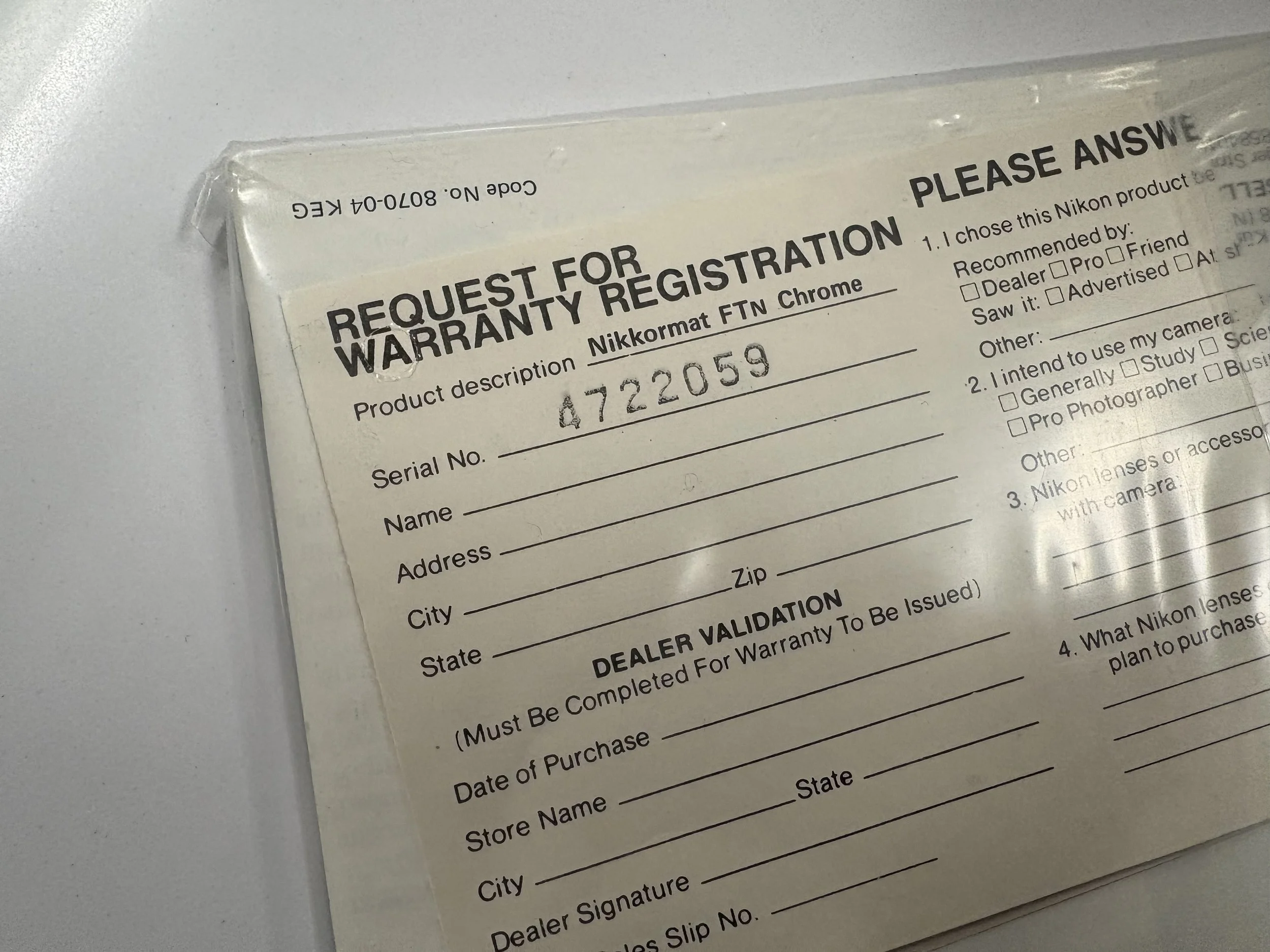The Desert, Kodacolor 100 and a Feeling of Doom
Prior to Christmas, when airfare and hotel accommodation were more reasonable, my wife and I decided to spend a few days in Arizona. We booked an extended weekend at our favorite resort in the Tucson foothills. I was looking forward to four days of doing nothing but lounging by the pool, sleeping in and some hiking. It would also be a good time to try out Kodak’s new Kodacolor 100 film in the bright southern Arizona sun. I packed my Nikon FE and 50mm f/1.8 AIS pancake lens—a light and compact travel kit.
A week prior to our departure, I had booked an appointment with my eye doctor as I had noticed a small dark spot in the peripheral vision of my right eye. About five years ago, I had a small tear in the retina of that eye and had outpatient laser surgery to repair it. I had one more small tear a few years after that and had that repaired by laser as well. I can remember my doctor at that time (a retina specialist) telling me that she might just be buying me time—that at some point, I may have to have more invasive surgery to stabilize my retina. The exam on December 16th revealed nothing out of the ordinary and the doctor told me my retina looked fine and to enjoy my vacation in Tucson.
It used to be easy to get from Northern California to Arizona. Lots of cheap, non-stop flights from the Bay Area to either Phoenix or Tucson. These days, in order to get decent airfare and reasonably convenient departure times, a connection is necessary. For us, it would be through Los Angeles taking up a crazy amount of travel time to go 750 miles. Other than that, travel was smooth, the weather in Tucson was amazing and the resort was everything we remembered. A day or so into our vacation, the dark spot in my eye grew a little larger and took on a different color. I emailed my doctor and he said not to worry as my exam showed a healthy eye. Even with his reassurance, I began to worry.
I decided to try out the Kodacolor 100 on a hike into Sabino Canyon. The weather was perfect and it was nice to get out and experience the Sonoran Desert—a landscape like no other. Here are some shots from that hike.
The spot in my eye seemed to be less noticeable as the vacation progressed. Or maybe I was just pushing the thought out of my brain so I didn’t worry my wife. Occasionally though, I was overcome by an intense feeling of doom that was unlike anything I had ever experienced. We returned home from Tucson a few days before Christmas. By the weekend after, the spot had grown larger and that feeling of doom enveloped me. I emailed my doctor but got no response over the holiday weekend. Finally, on Sunday, December 28th, I called the emergency line and my doctor agreed to see me at his office. My feeling of doom was confirmed—my retina had begun to detach. I was scheduled for an emergency vitrectomy the next morning in San Francisco.
I’ll spare you the details of the procedure, but it was no fun. The surgery was successful and I am recovering. After the retina was repaired, a gas bubble was inserted into my eye to hold everything in place while it heals. The gas bubble shrinks and in another four weeks, I should be better than new. I say better than new because while the surgeon was fixing my retina, he took care of another problem I have had with the eye. I was fortunate that, over a holiday weekend, one of the best retina surgeons in San Francisco happened to be on call. He saved my sight.
Looking back now, I should have listened to my body and acted quicker. That feeling of doom, my body’s fight or flight mechanism, was real. Even though my doctor was telling me not to worry, deep down inside, I knew better. Lesson learned; don’t be afraid to advocate for your own health care. Had I not insisted that my doctor come into the office on a holiday weekend and see me, my retina might have fully detached.
As for the film. I like it. Some people are saying that Kodacolor 100 is repackaged Kodak ProImage 100 and Kodacolor 200 is Kodak Gold 200. I don’t know for sure but the results I got from the 100 speed film were satisfying. It’s also not terribly expensive and widely available—so it’s a win-win. Oh…and it has been awhile since I have used my Nikon FE. What a joy that camera is to use, feeling of doom aside.





